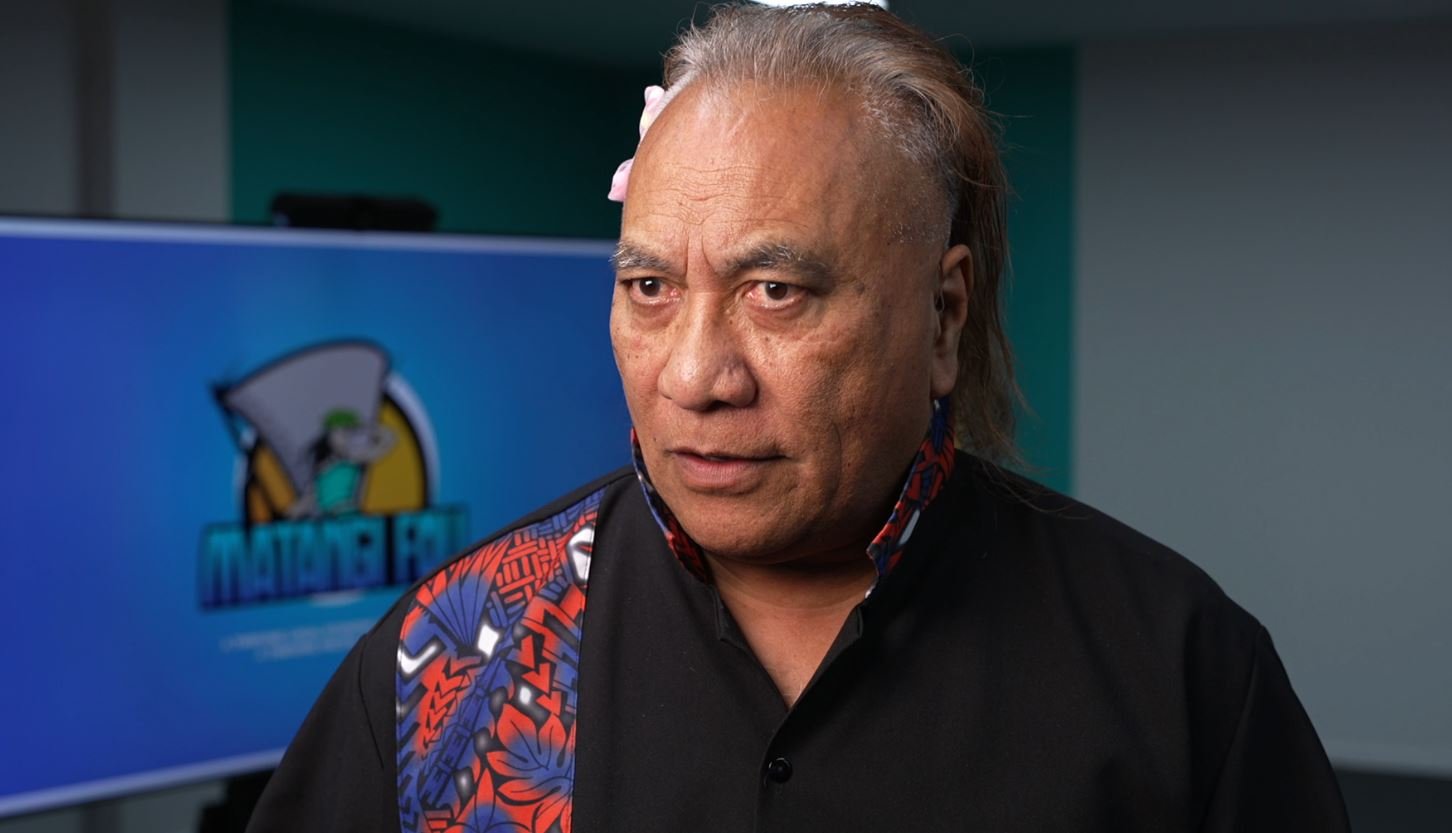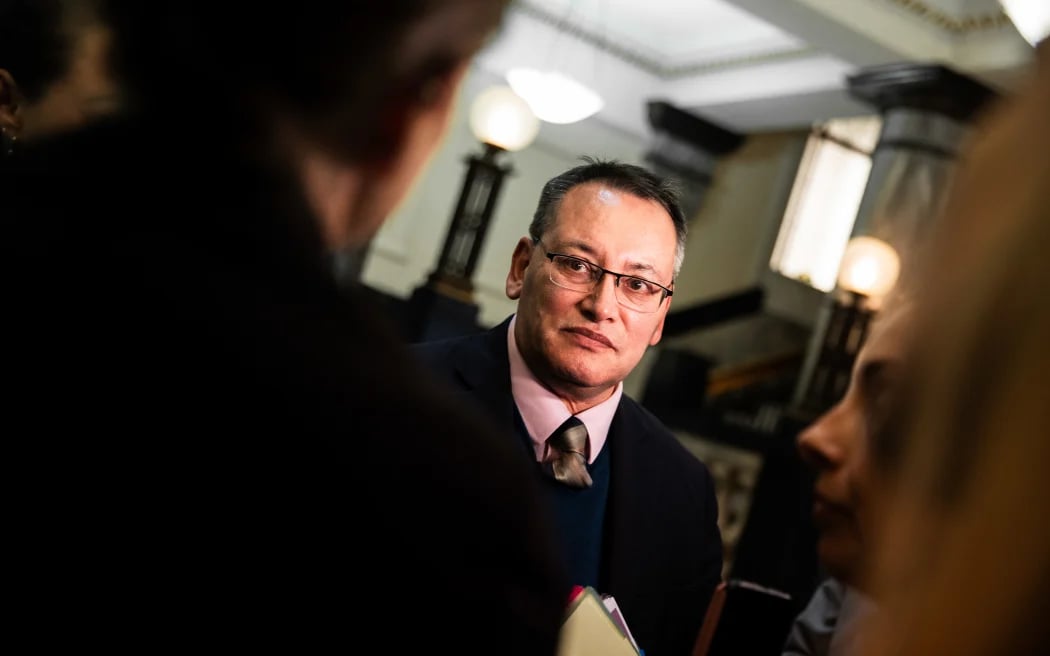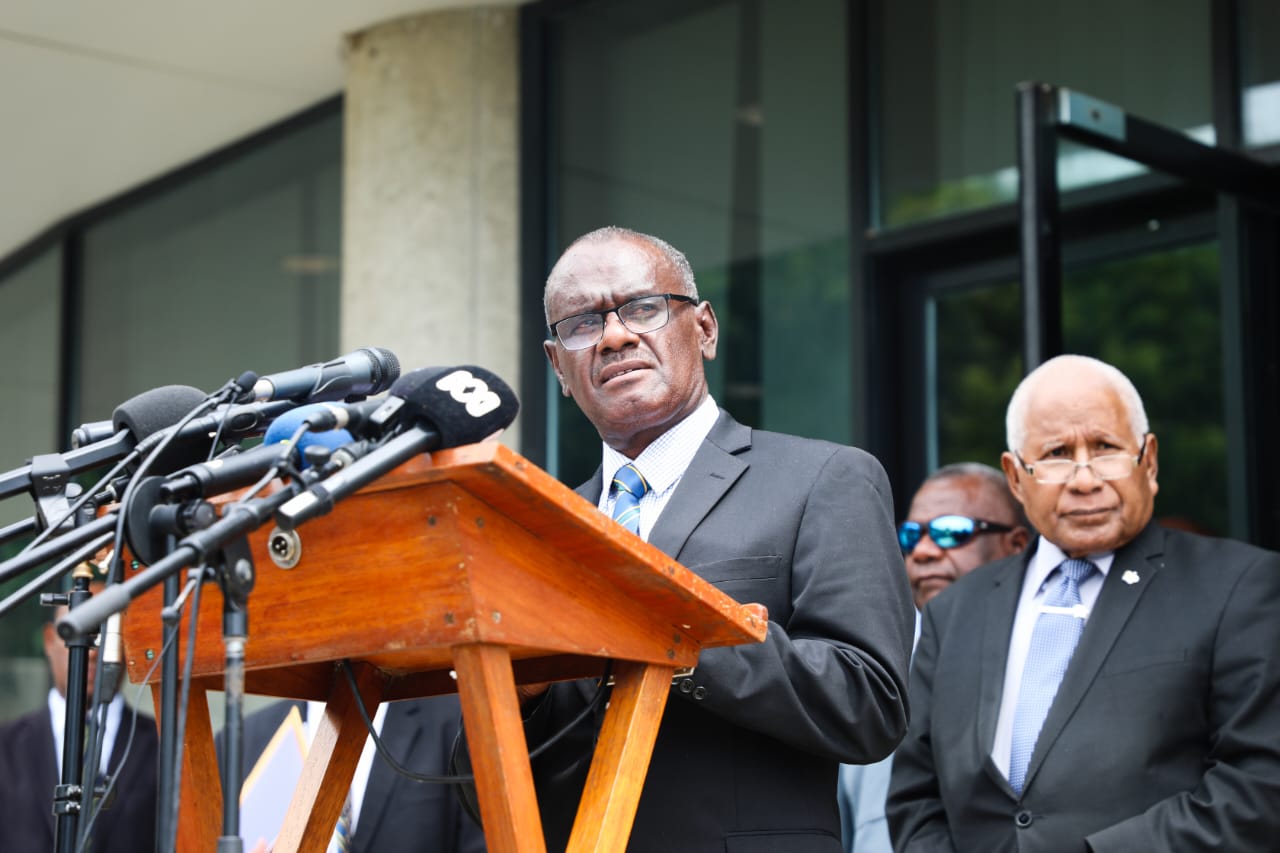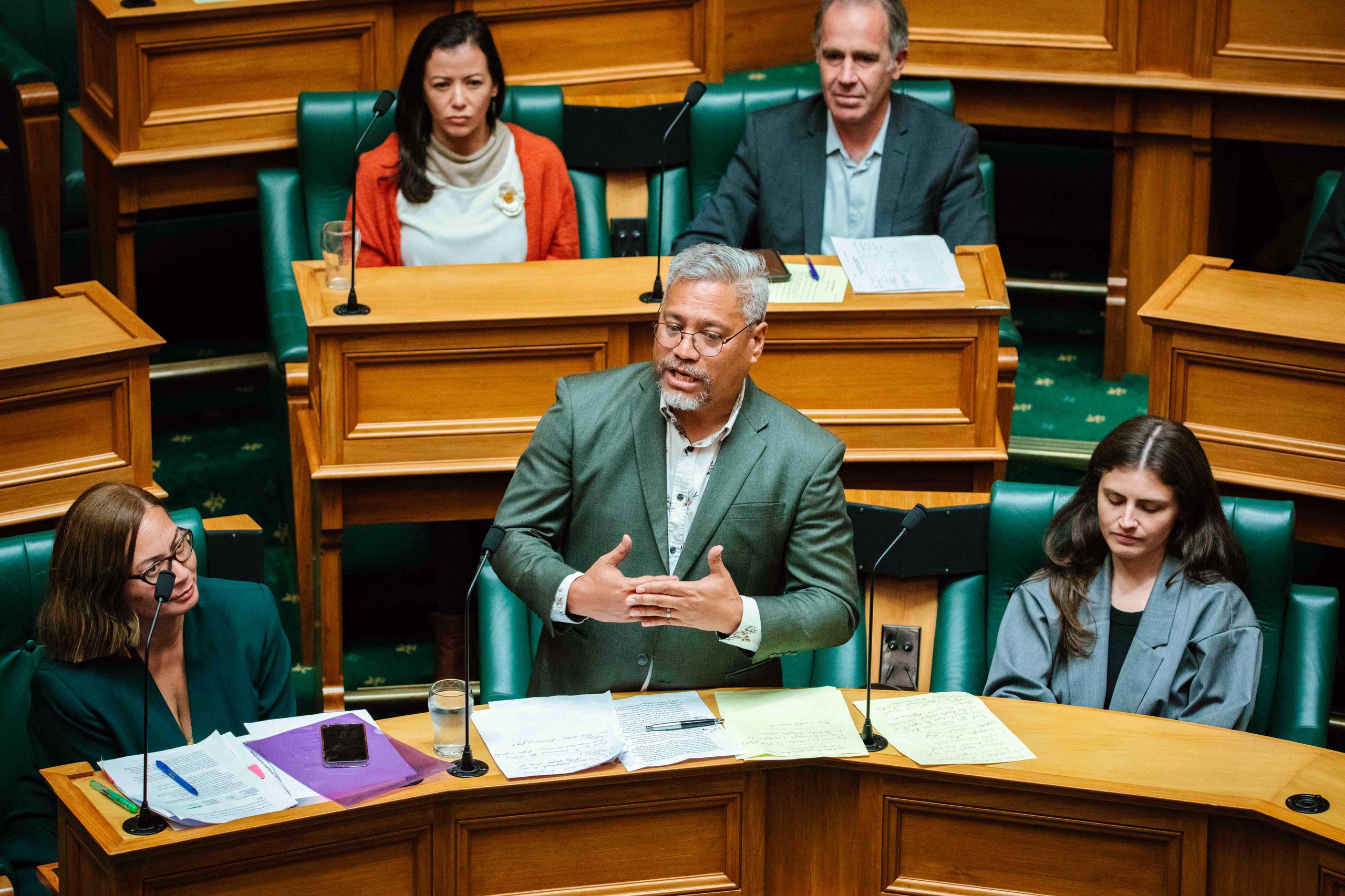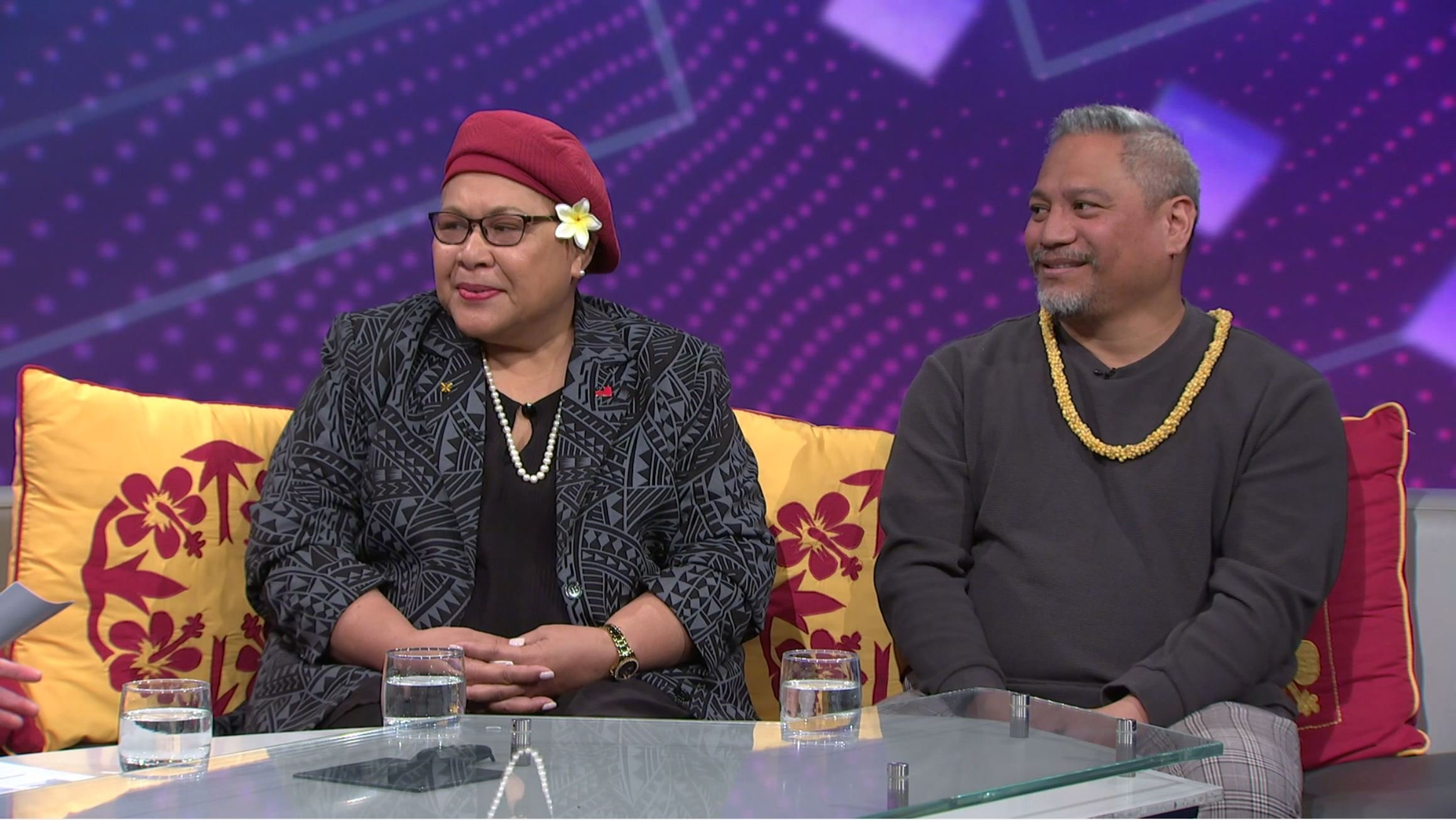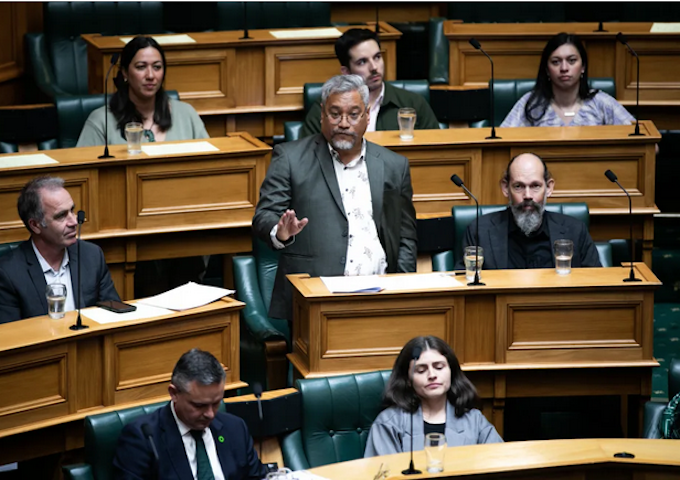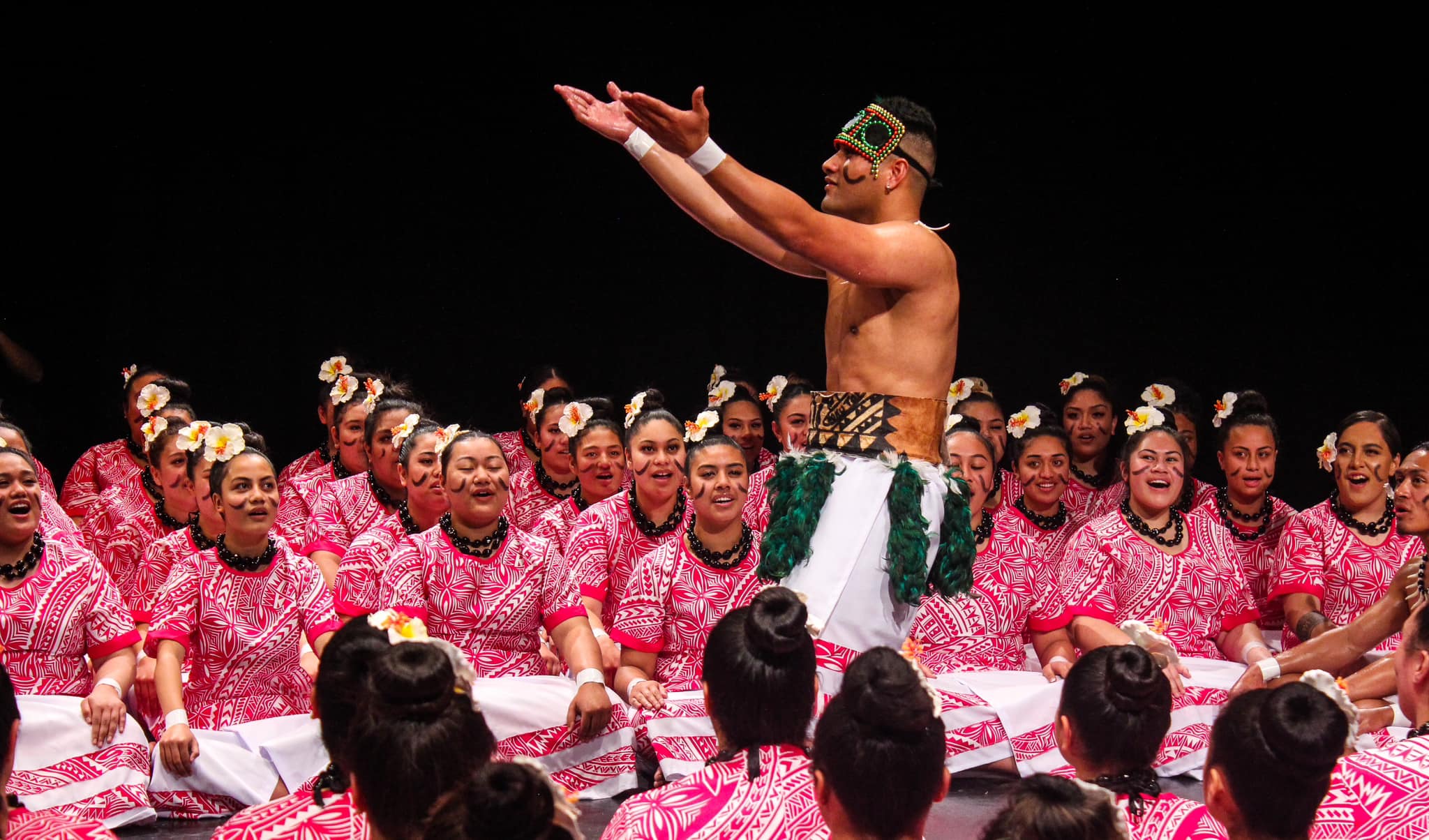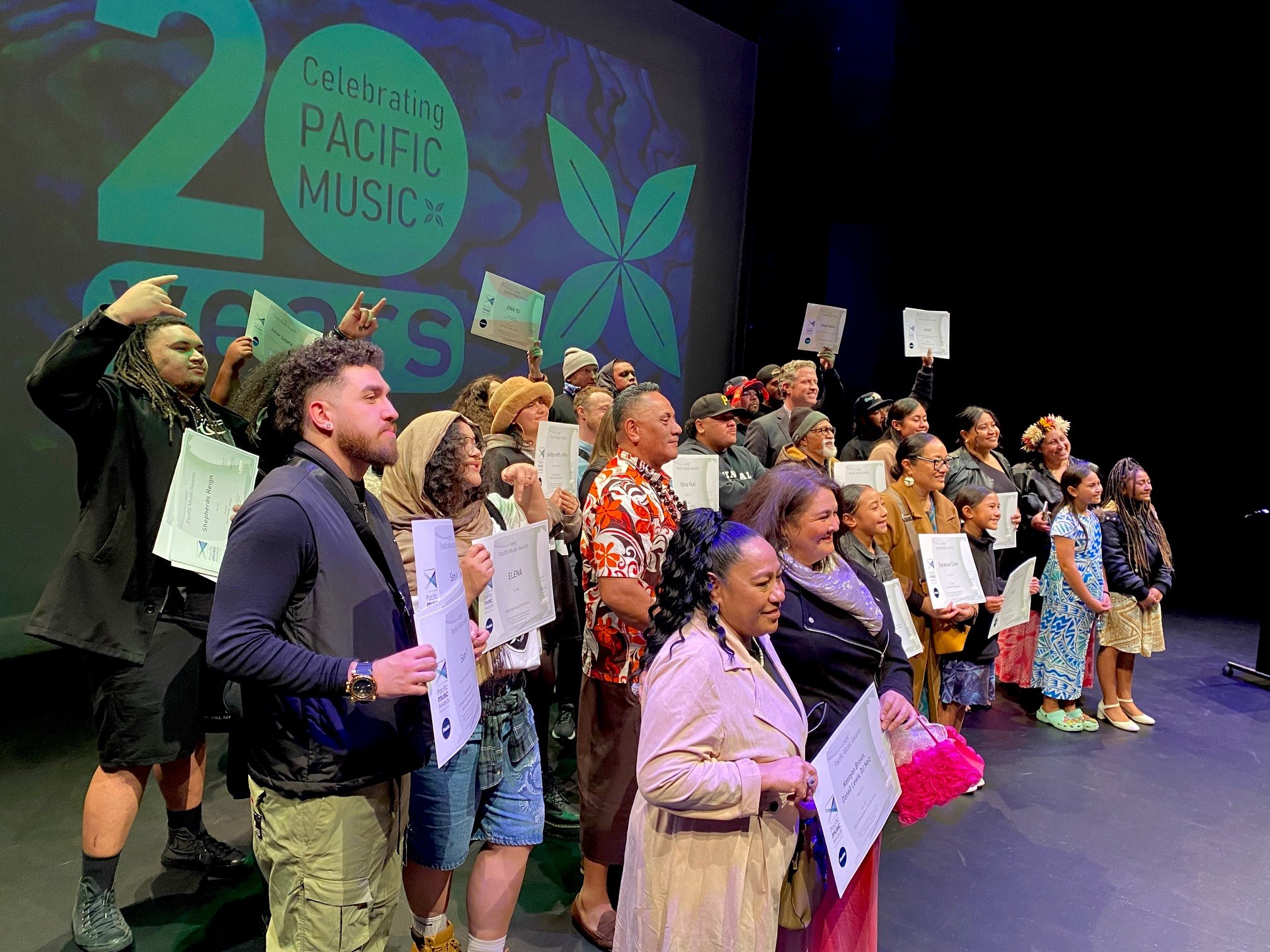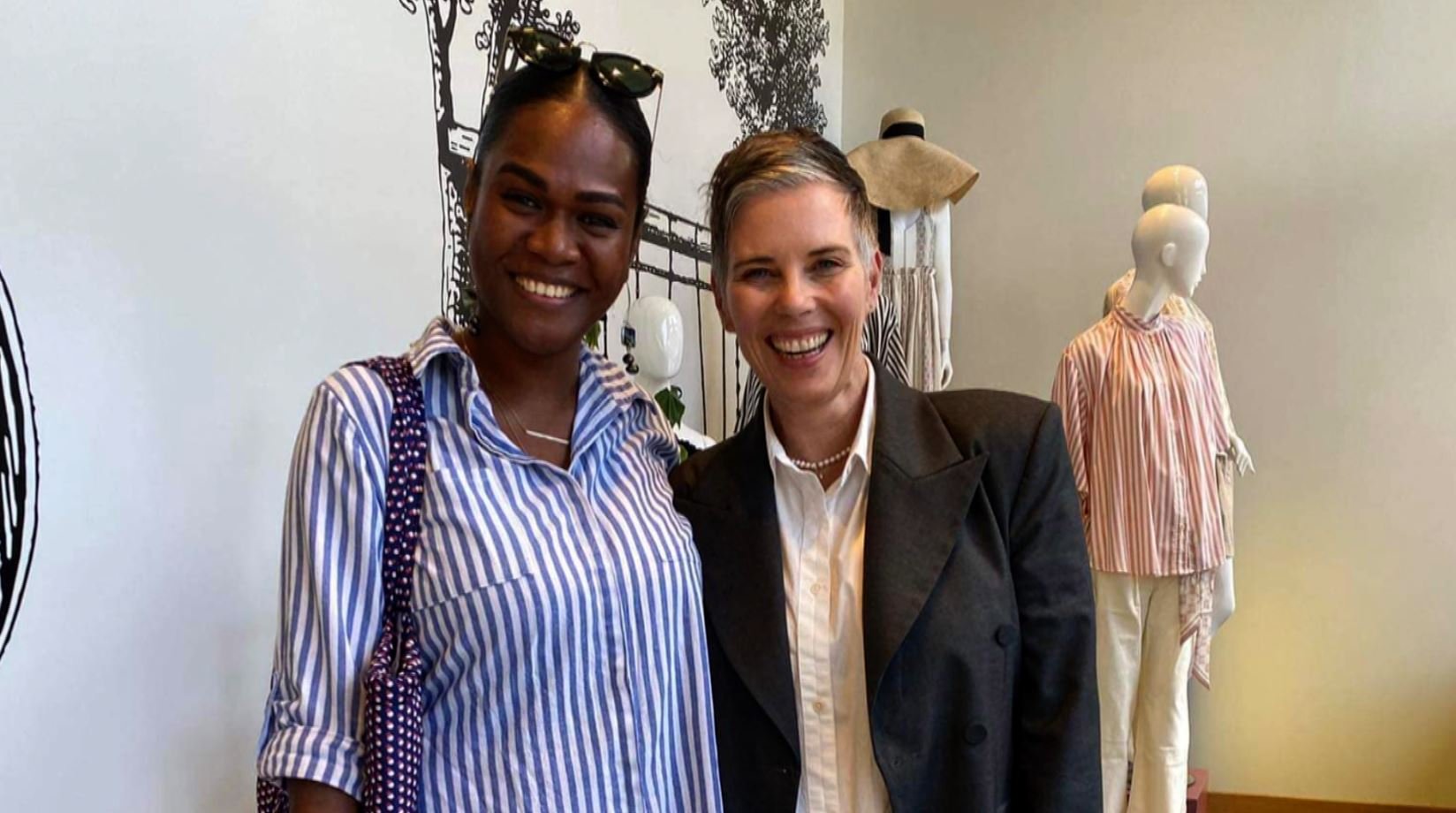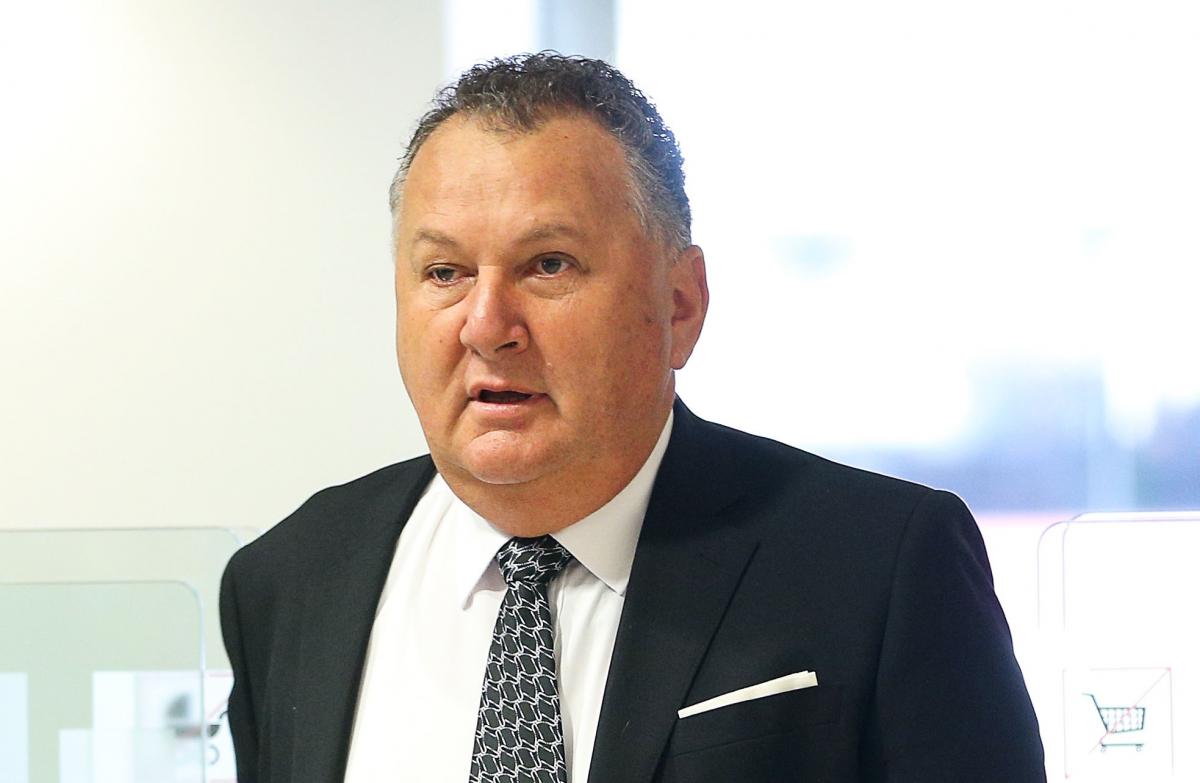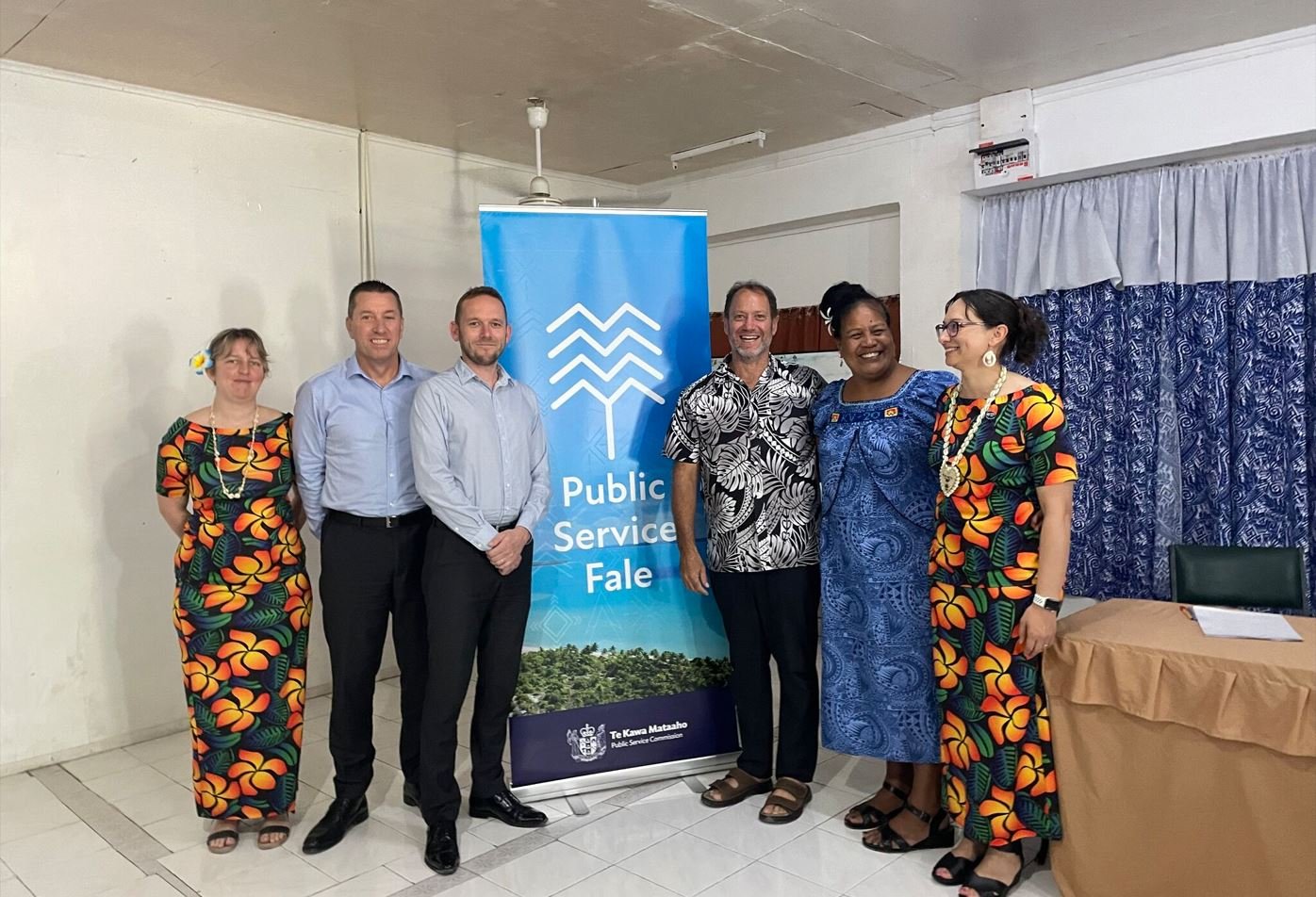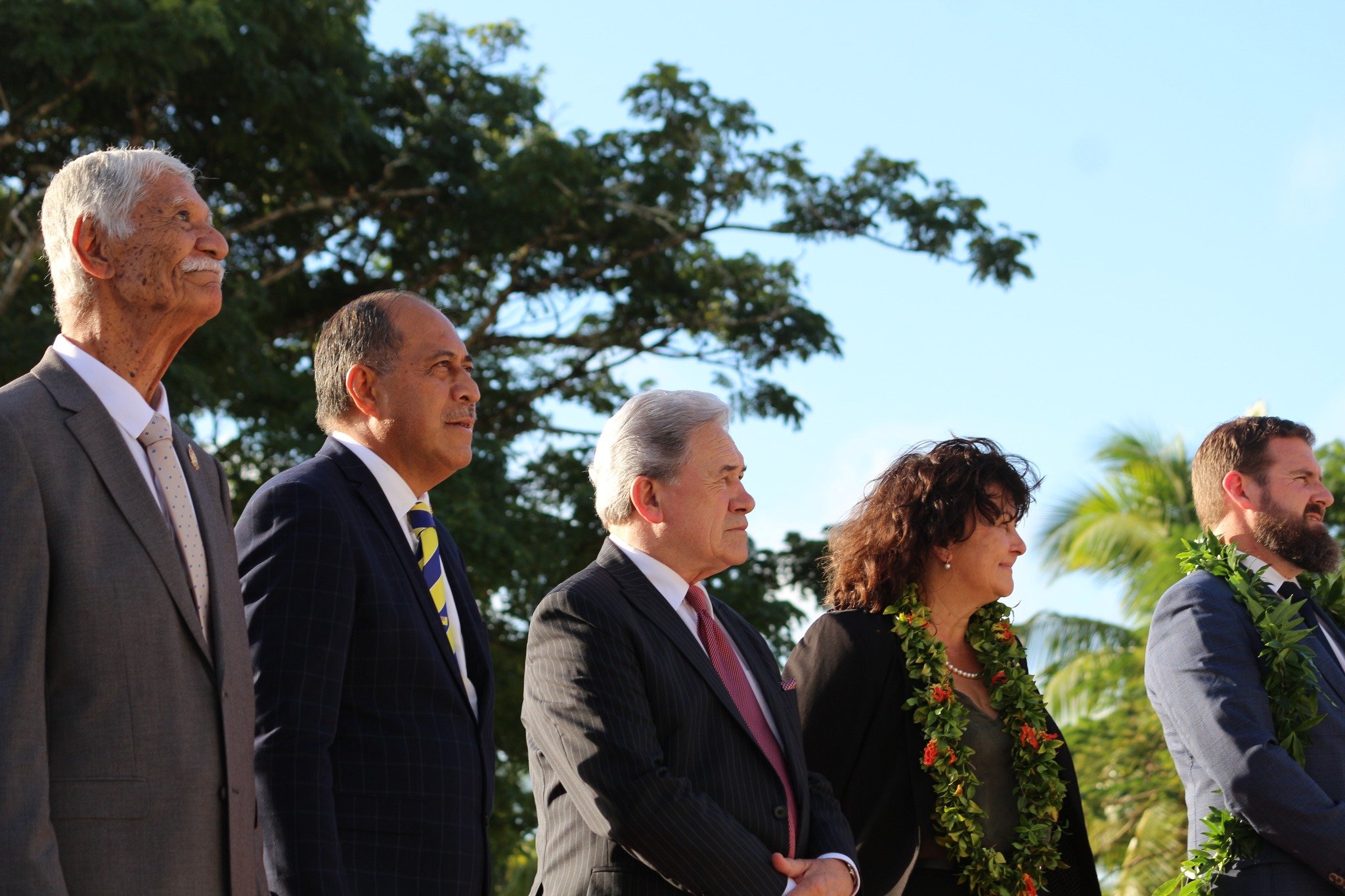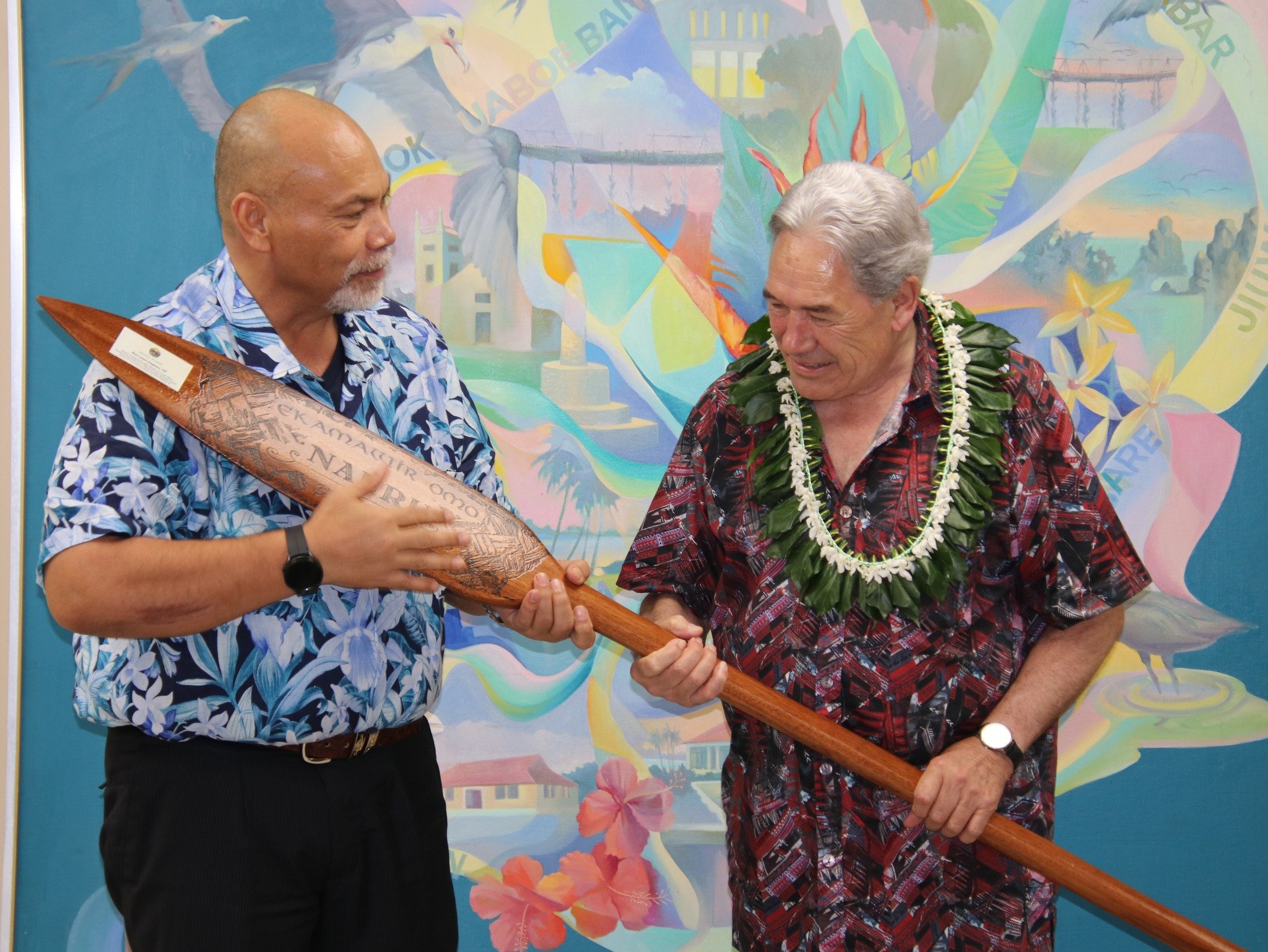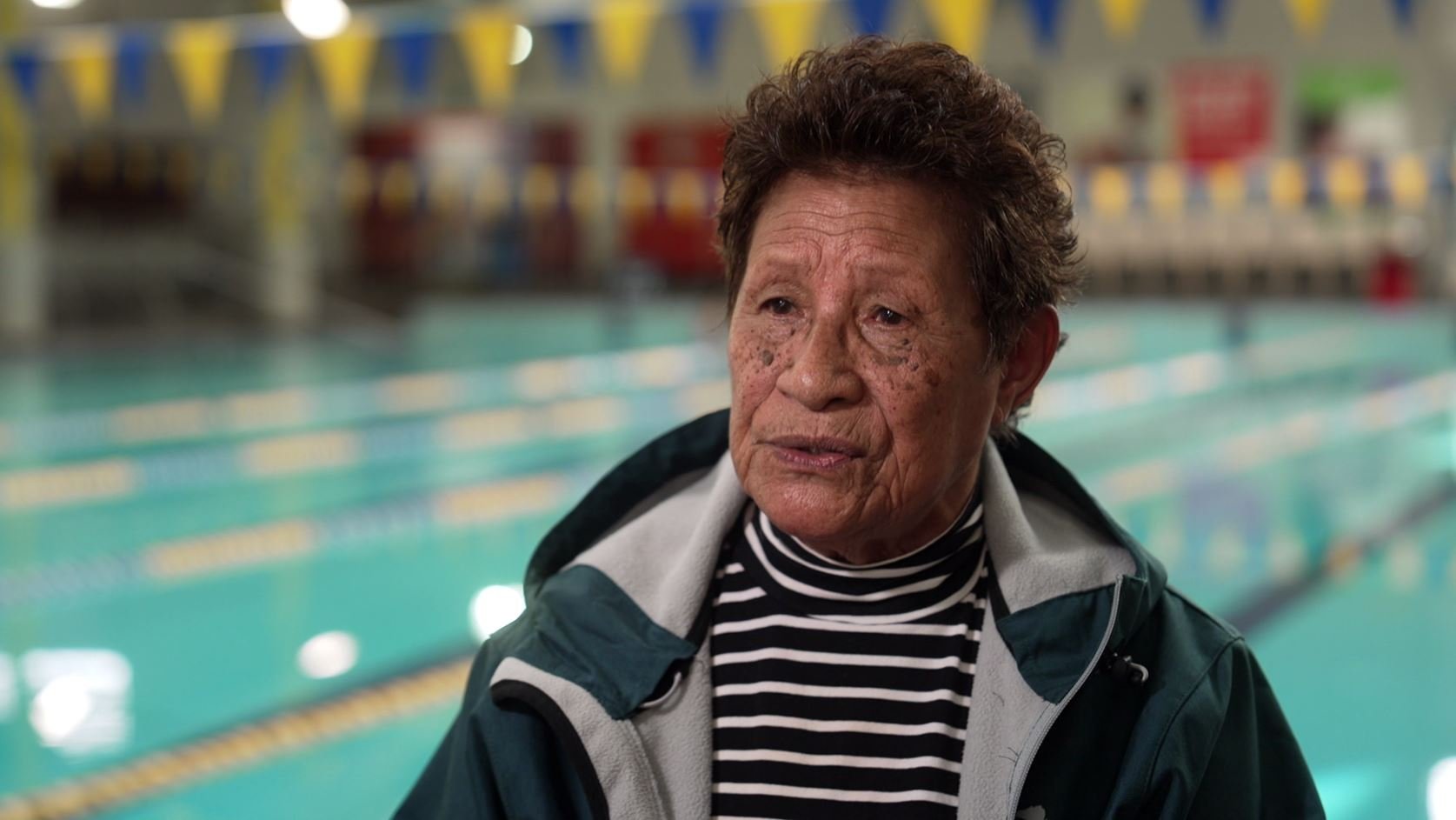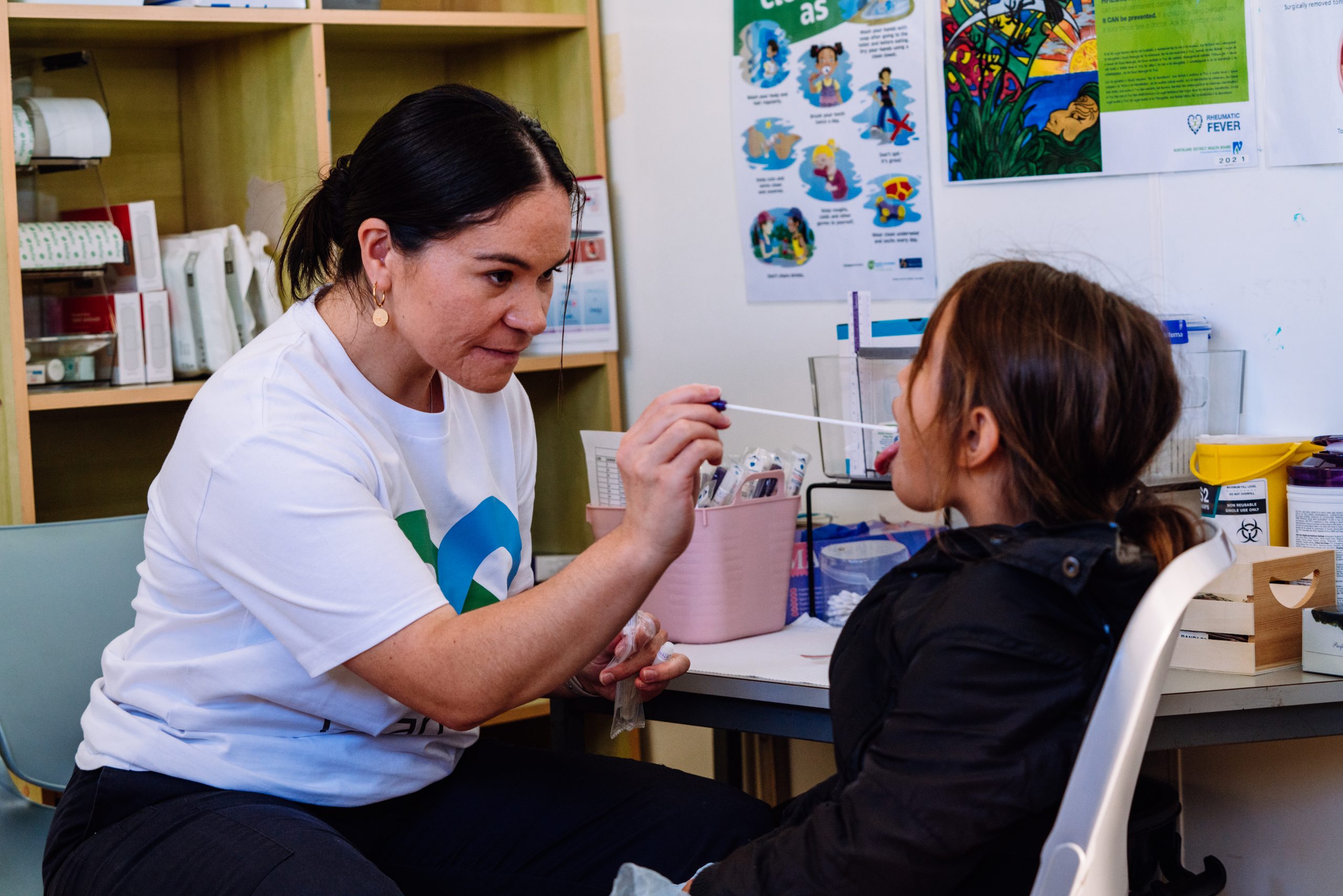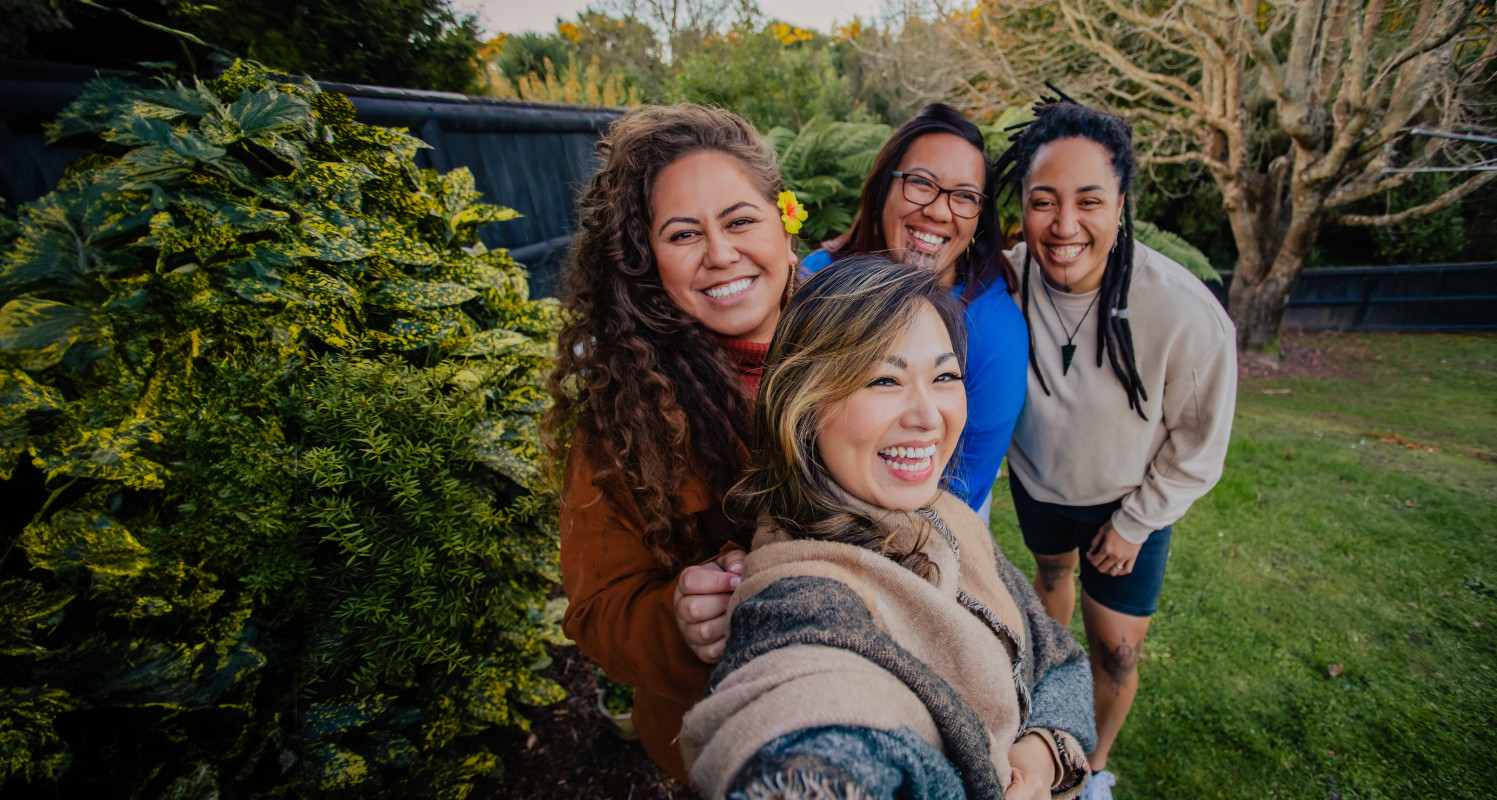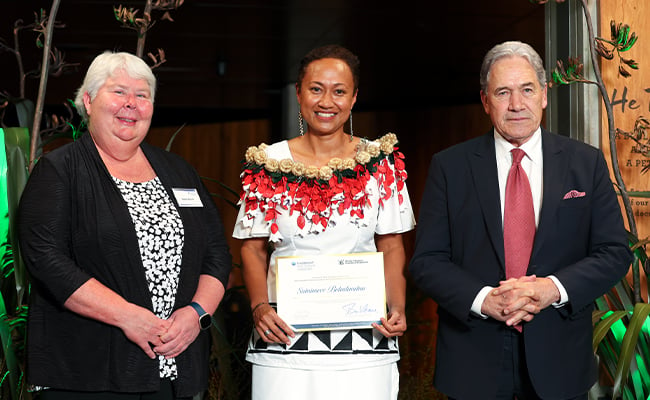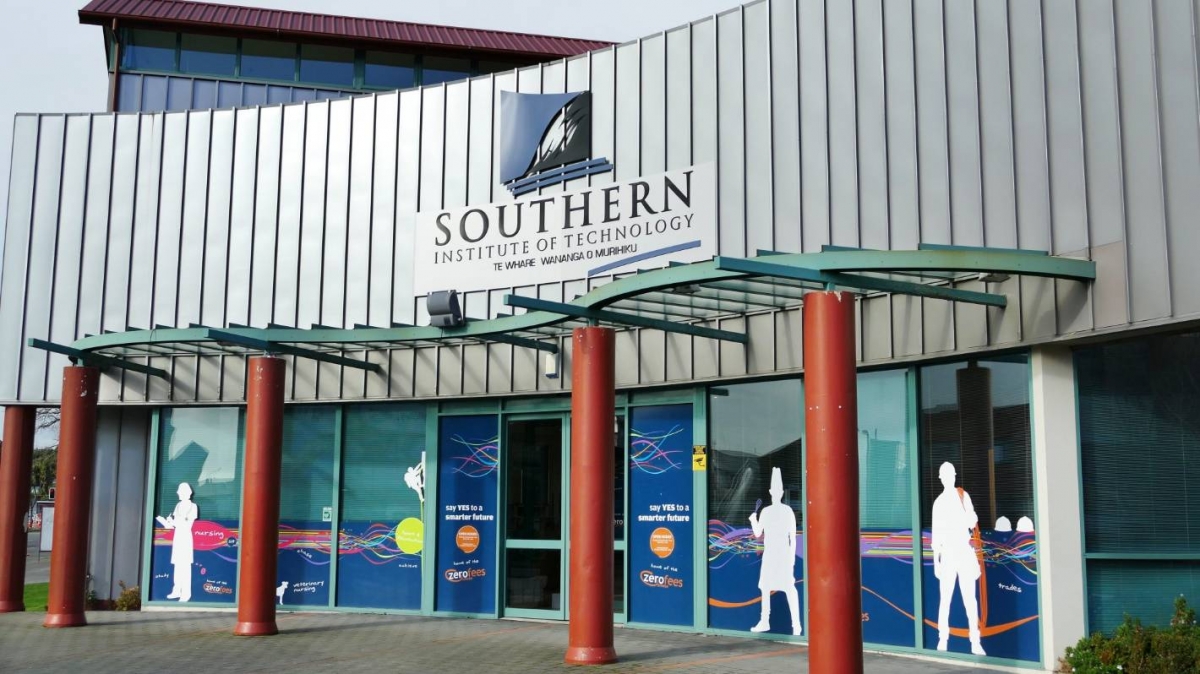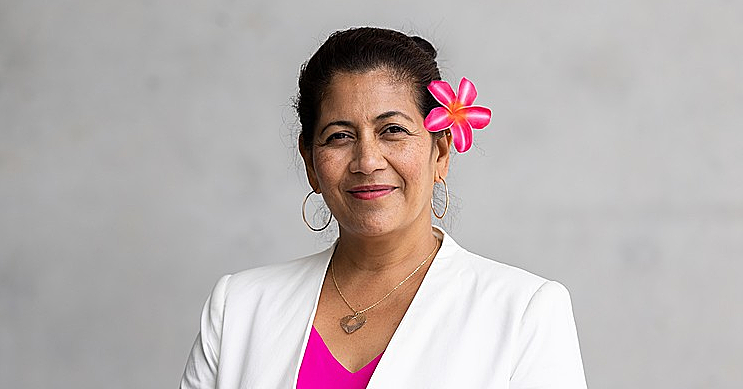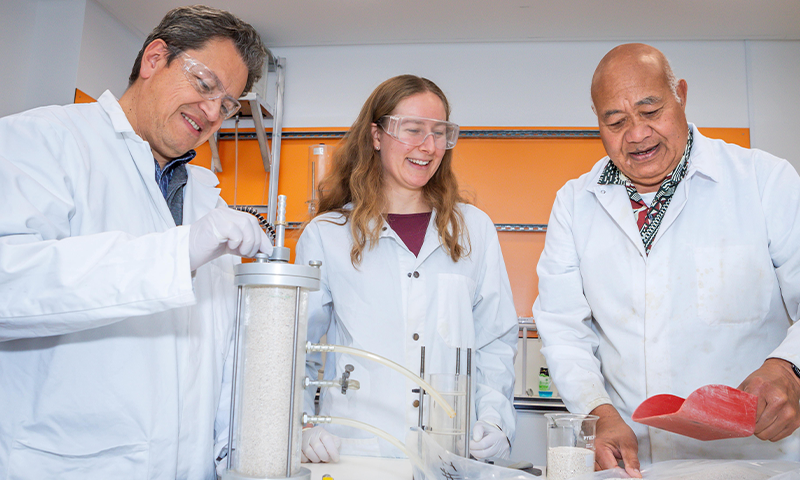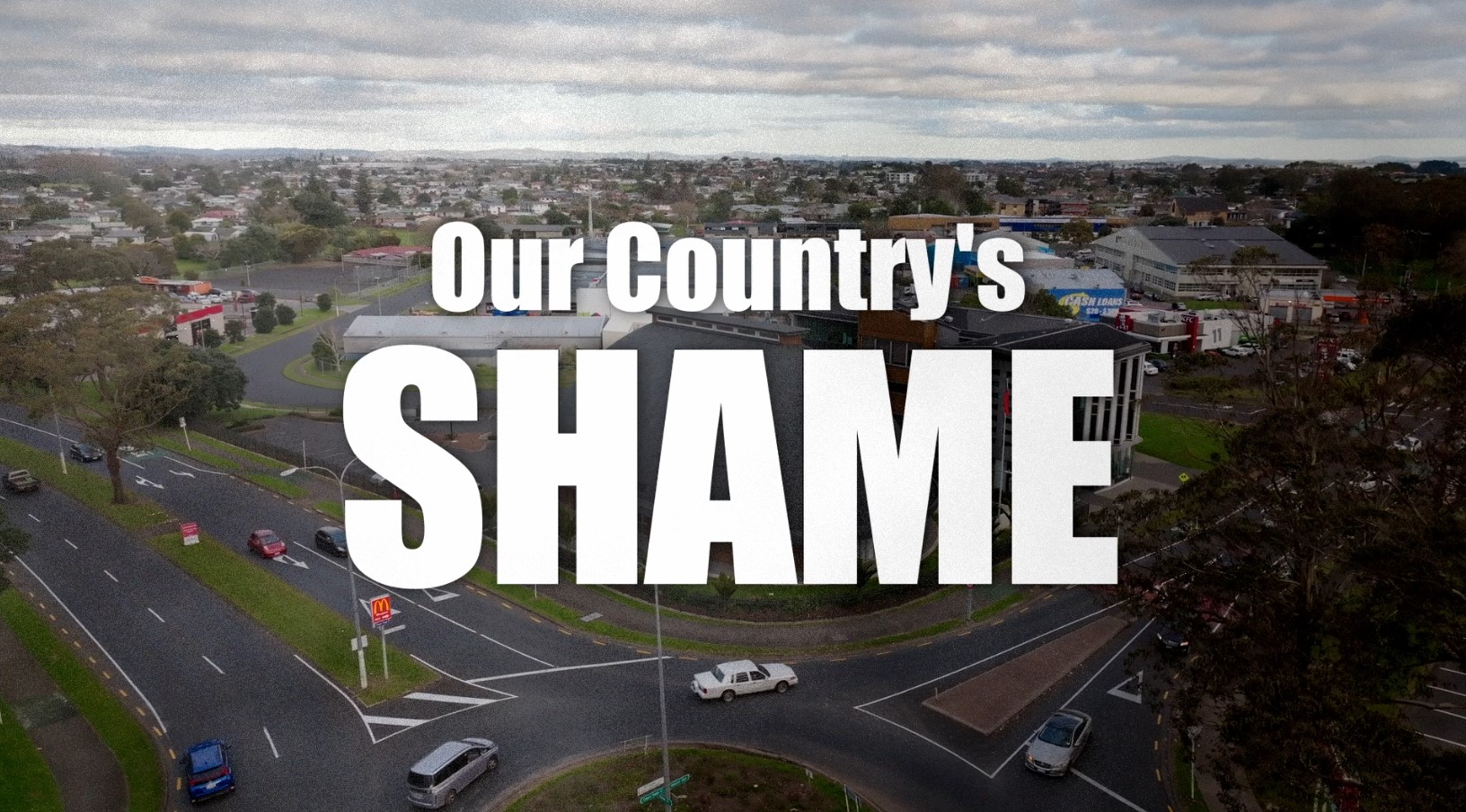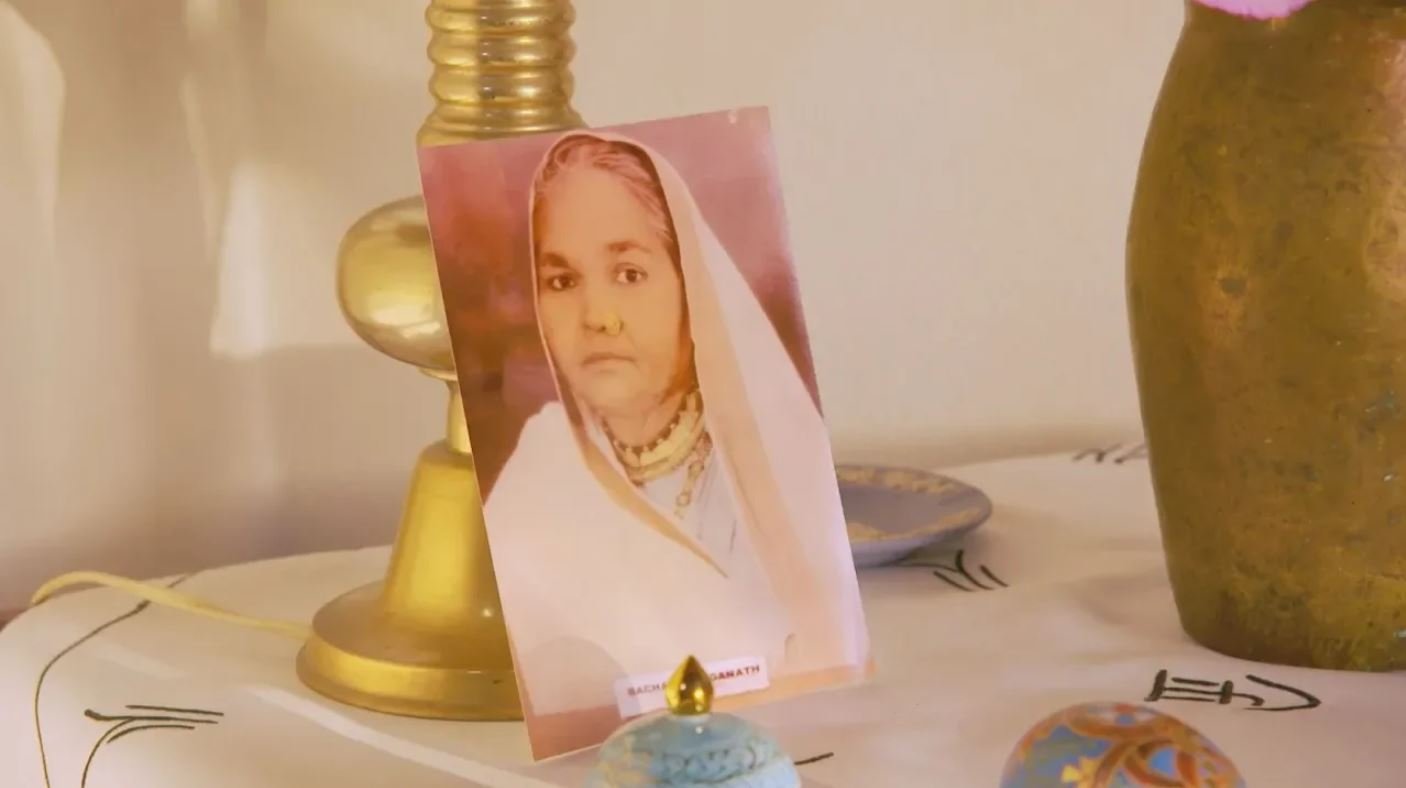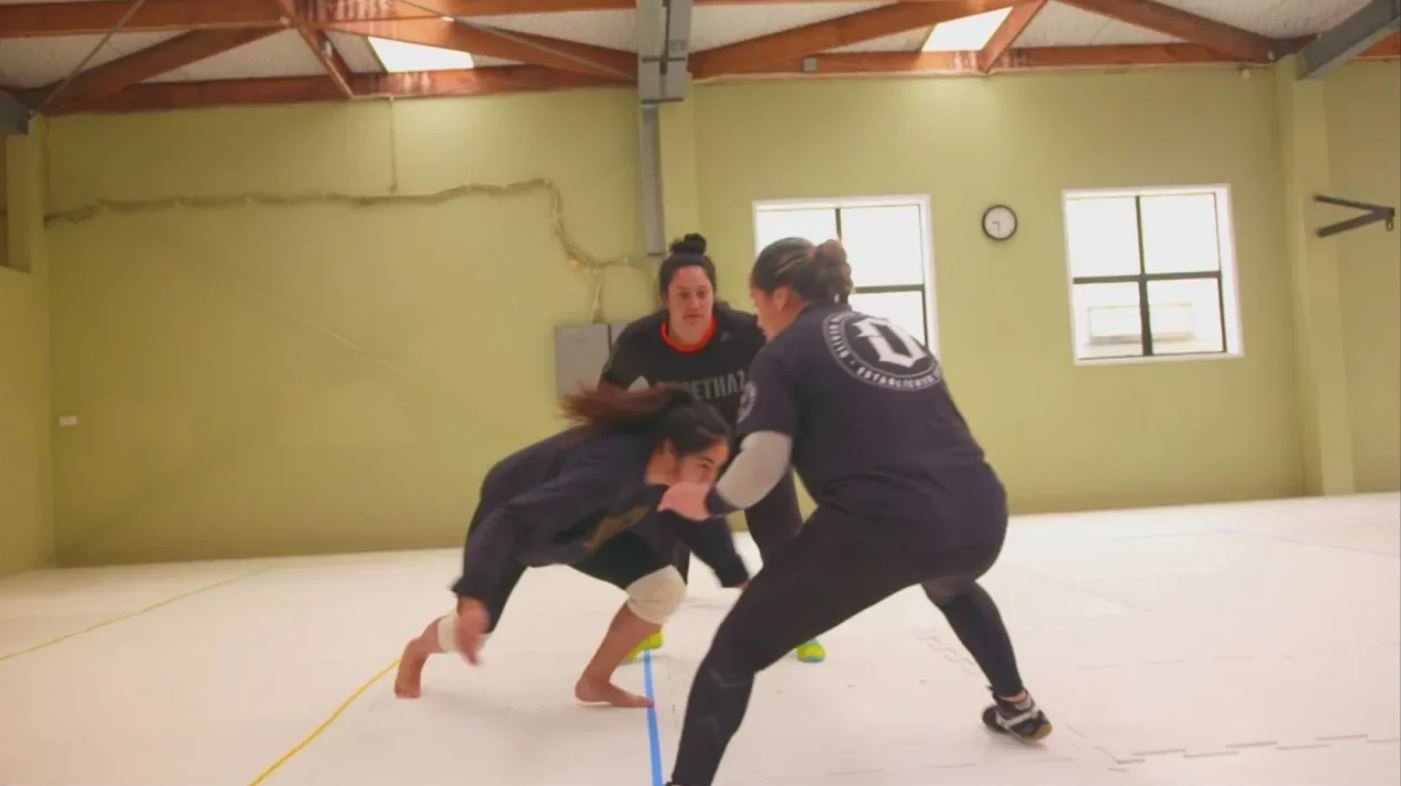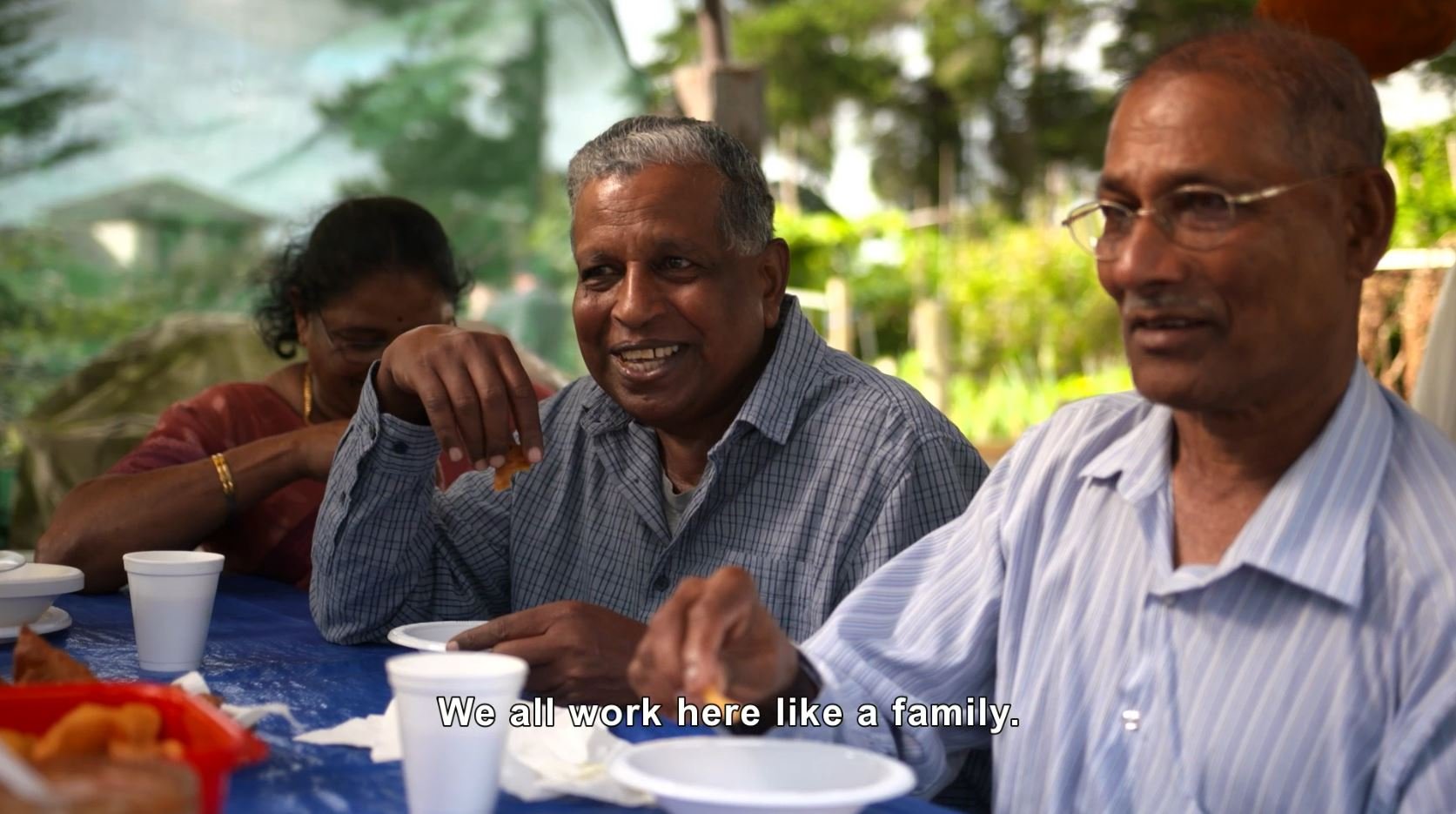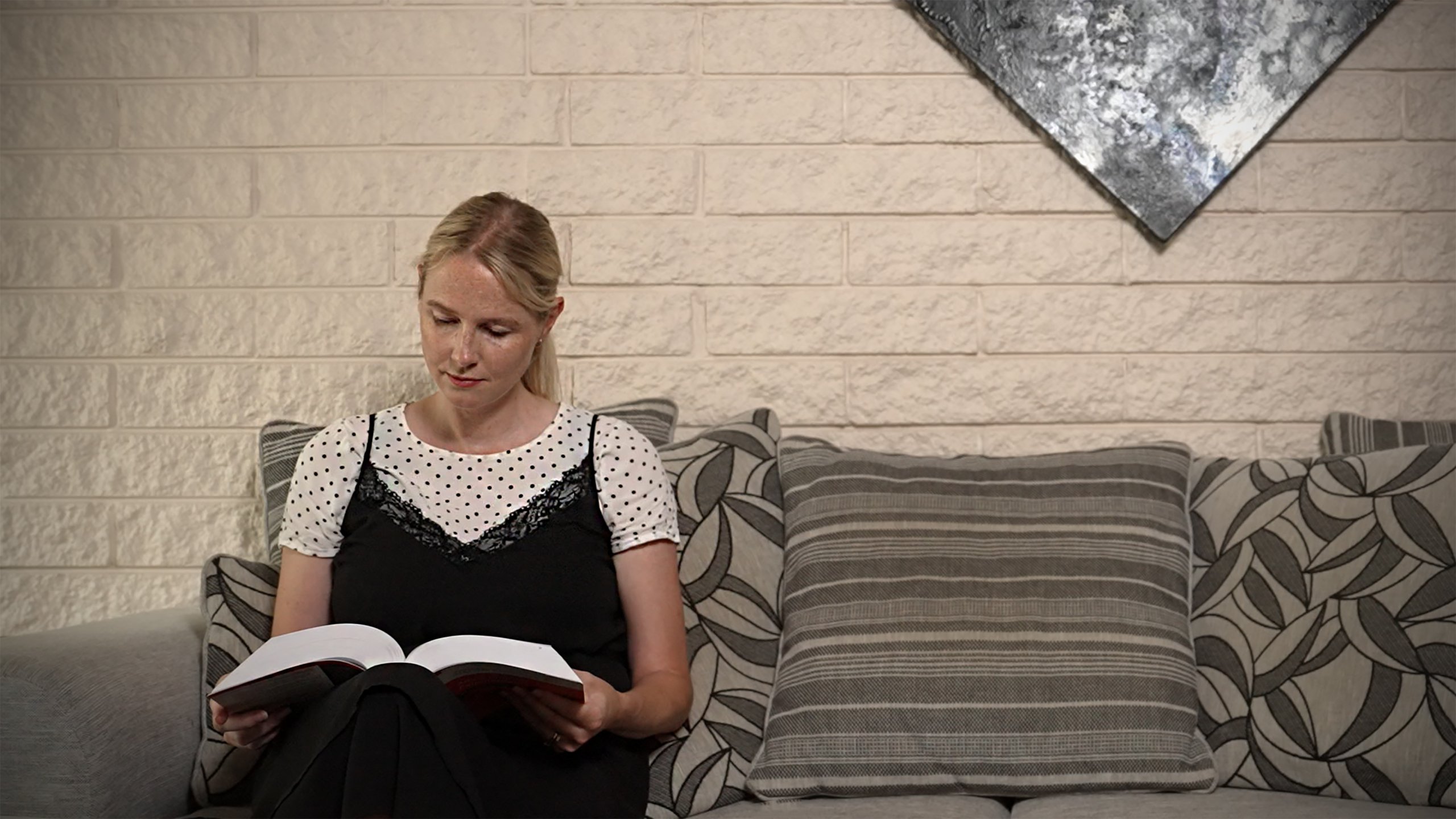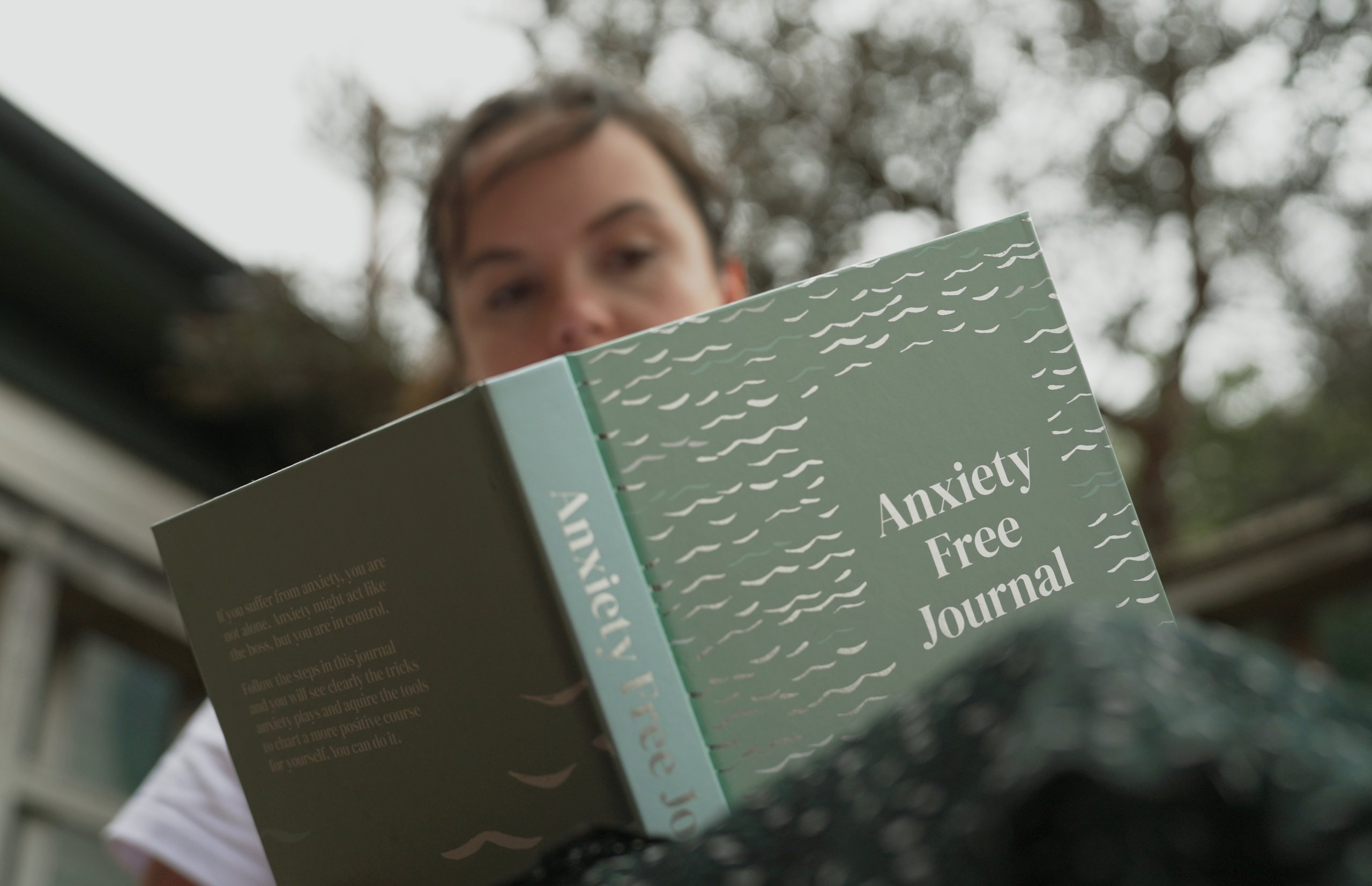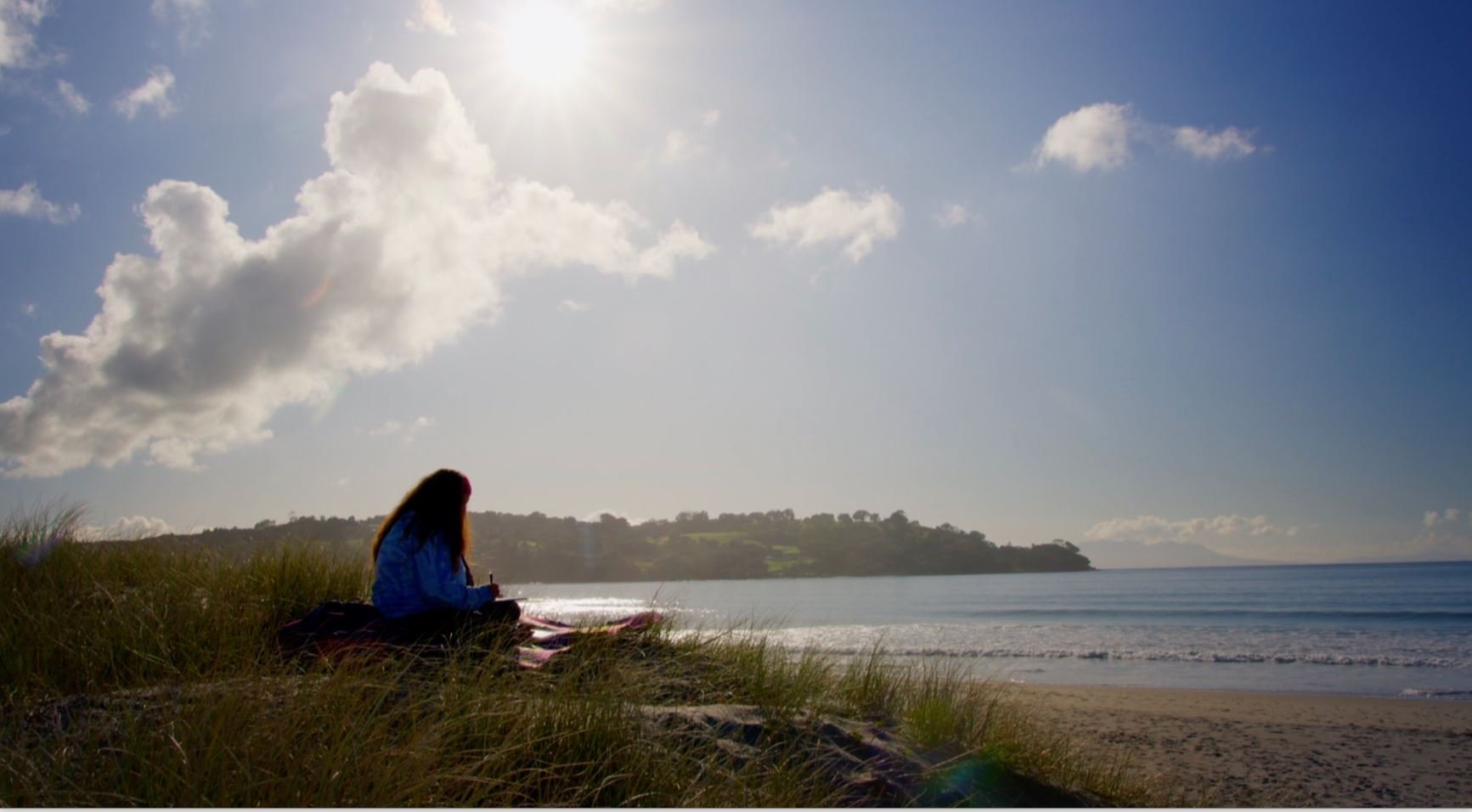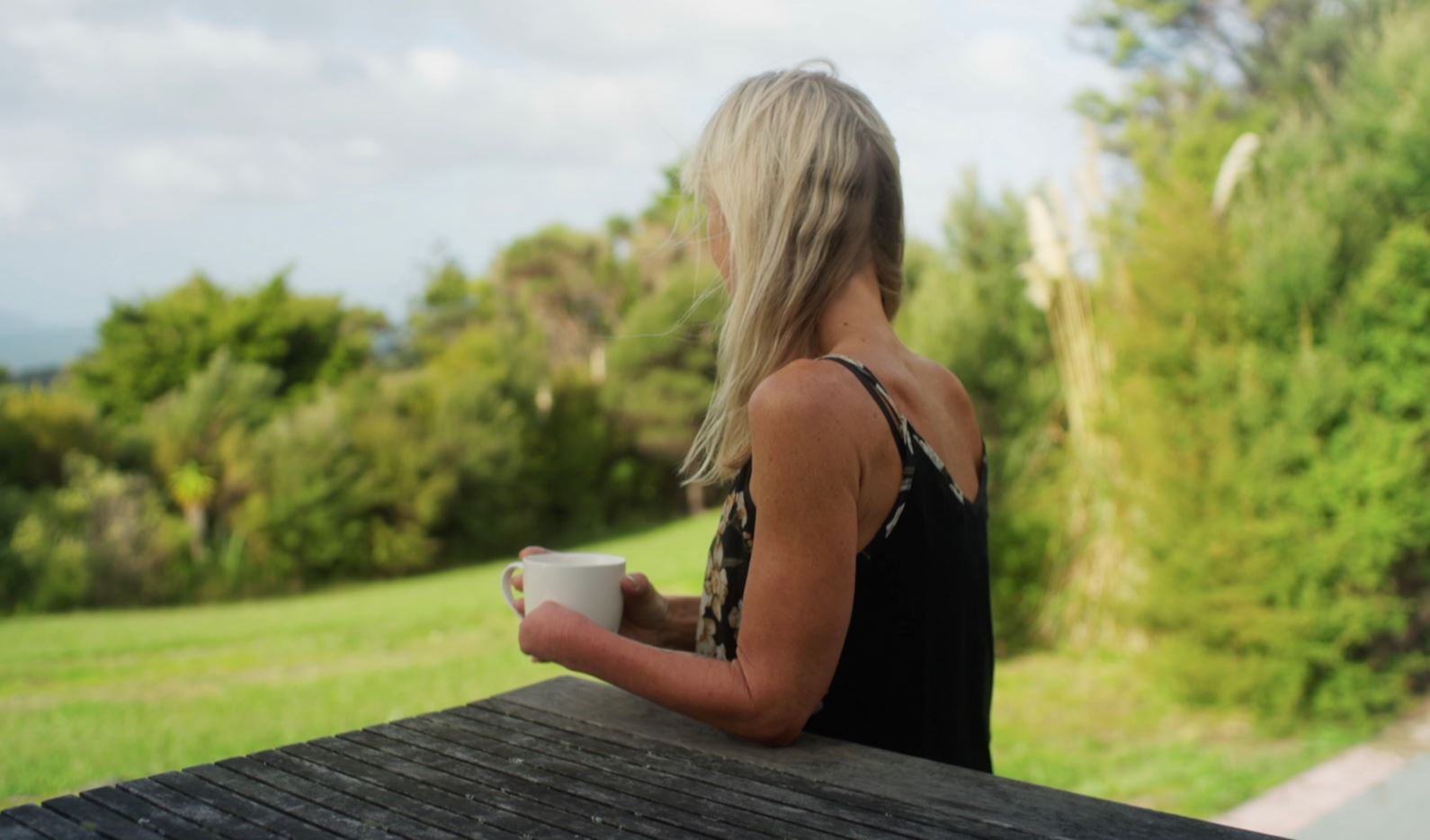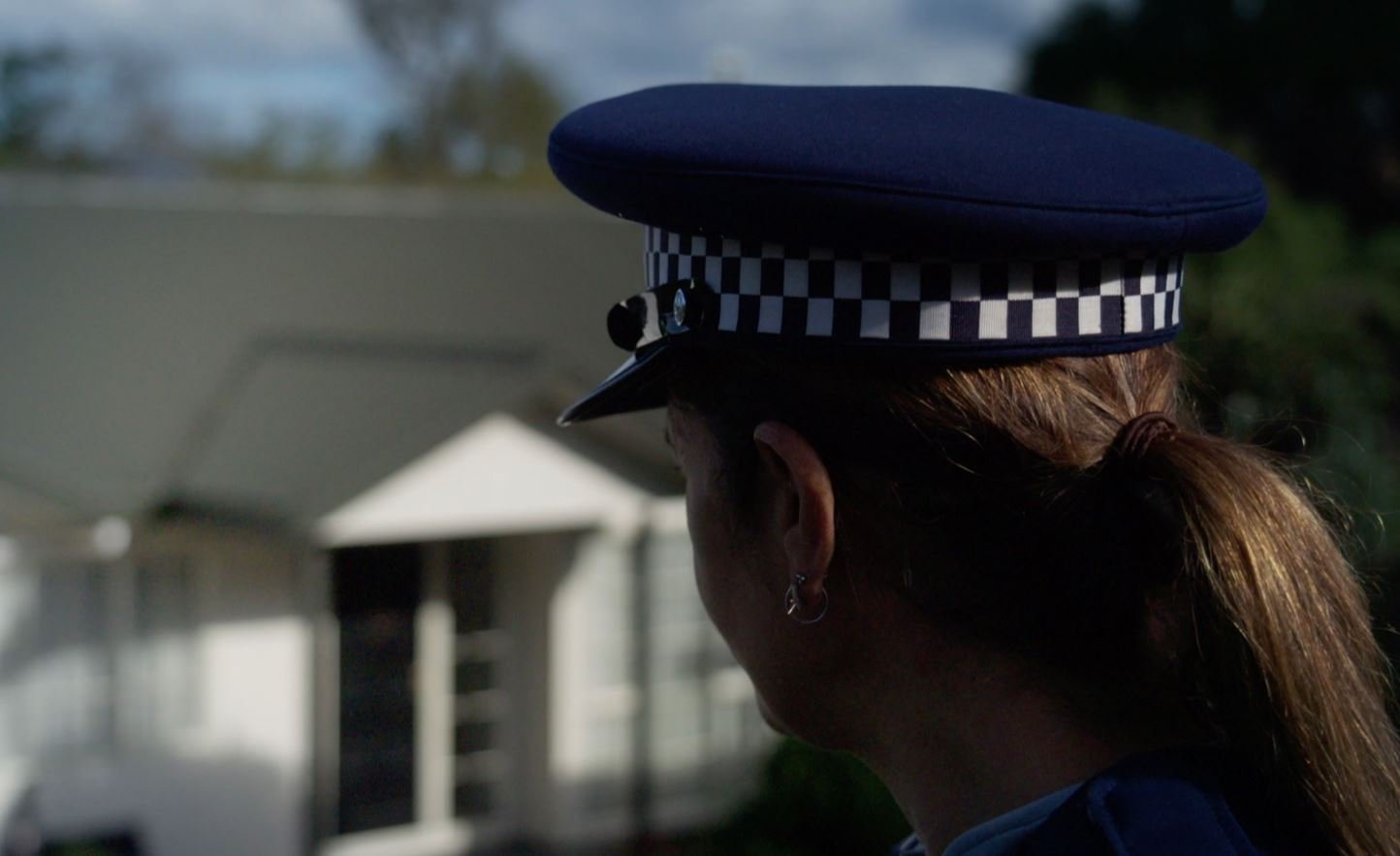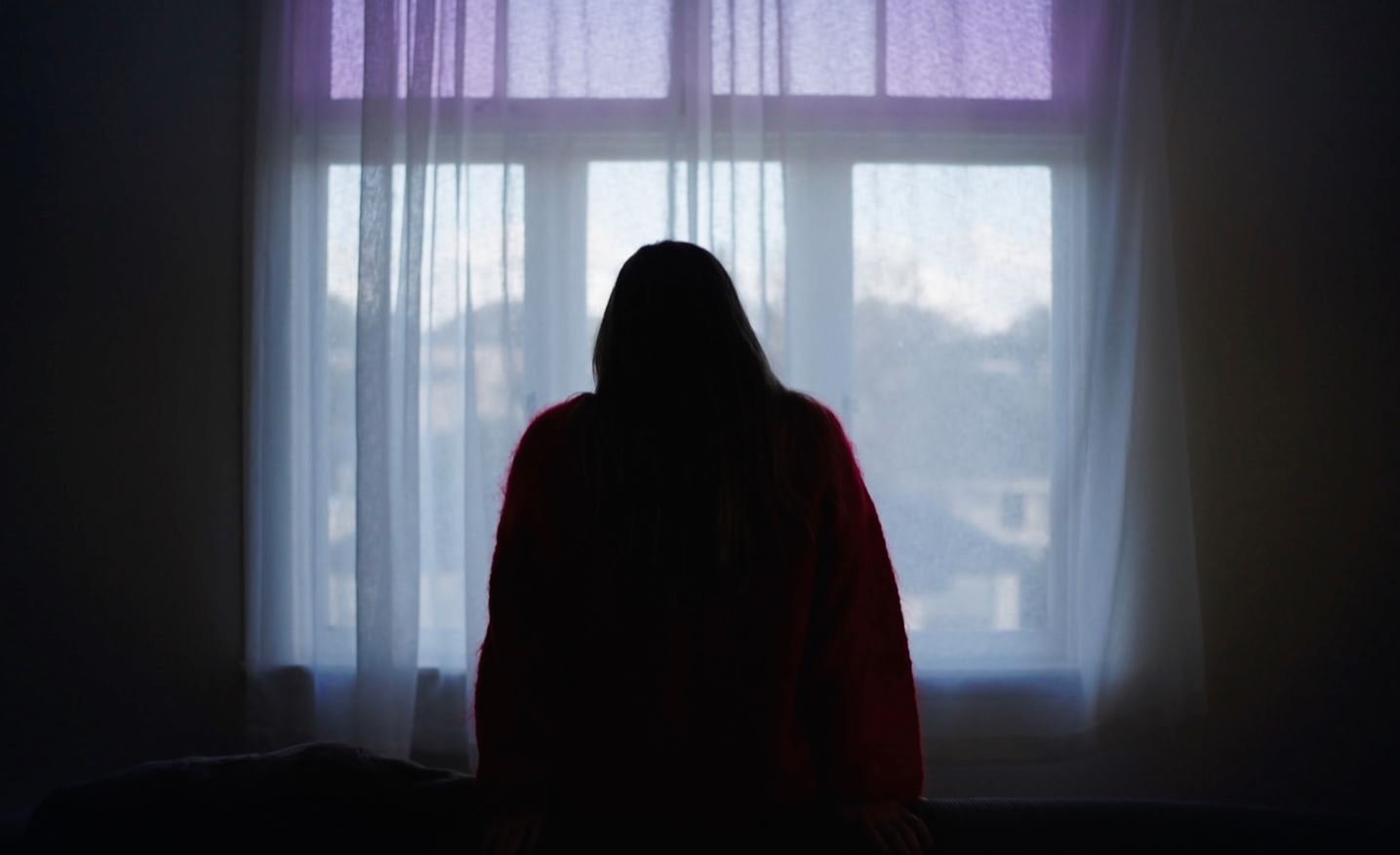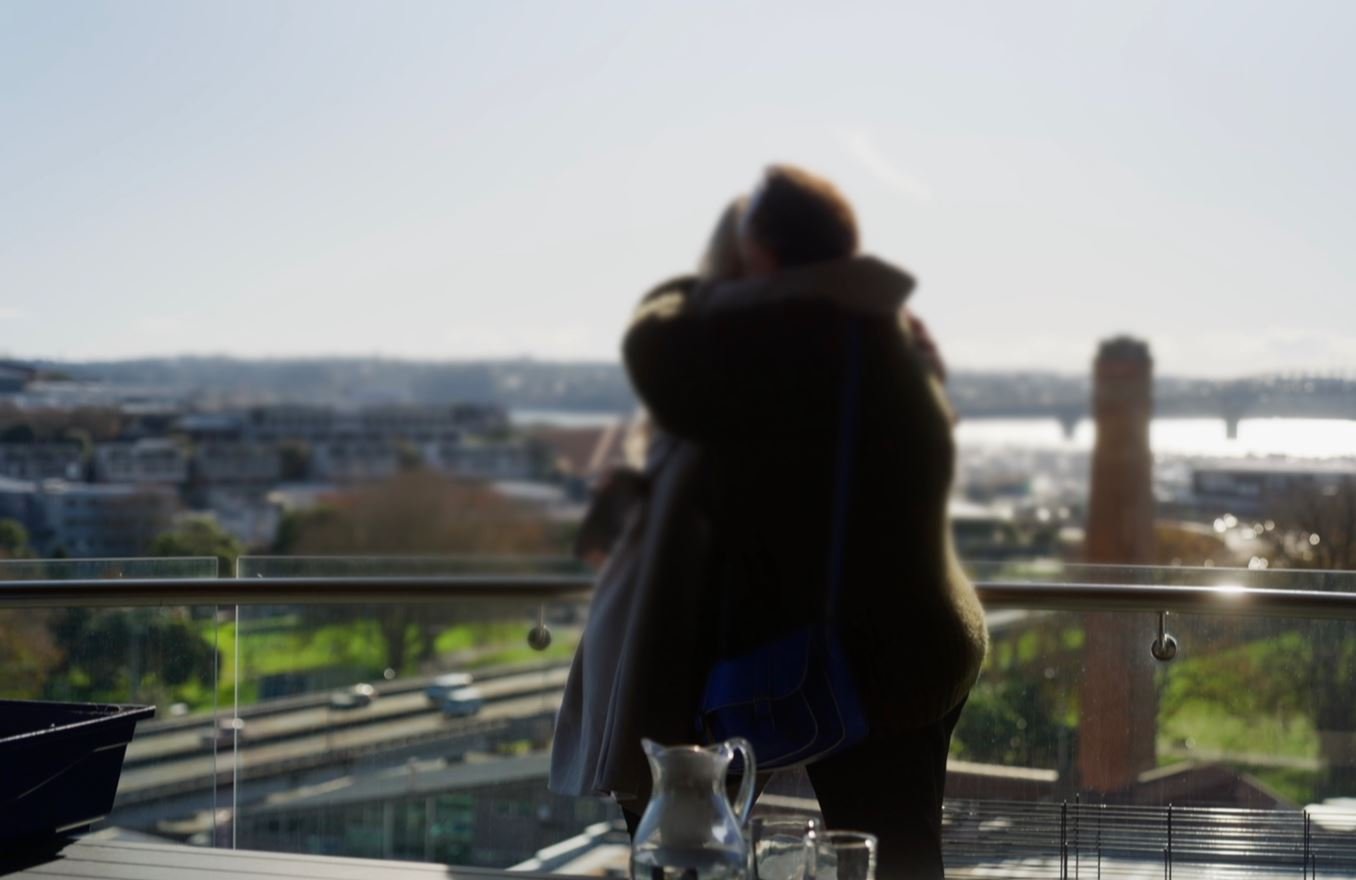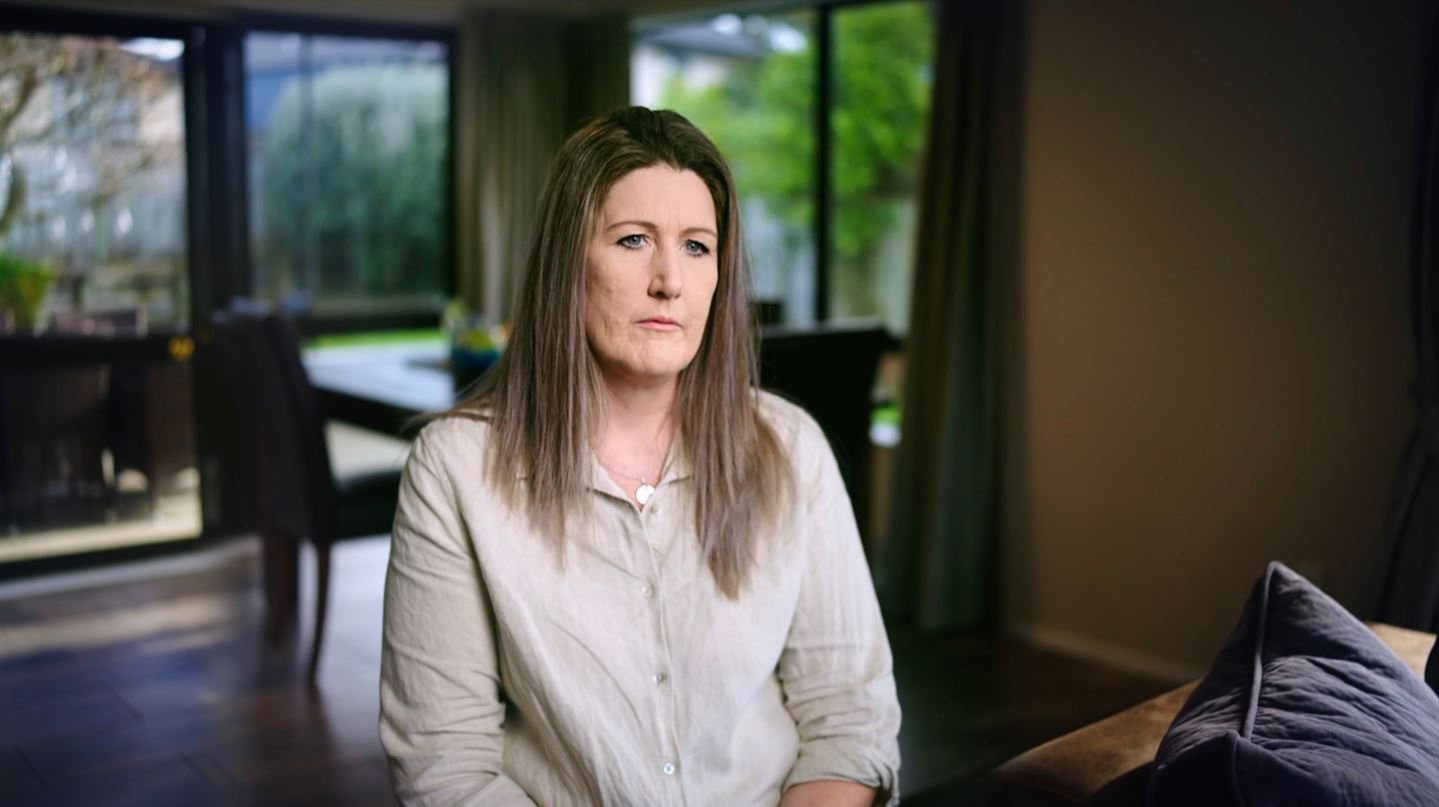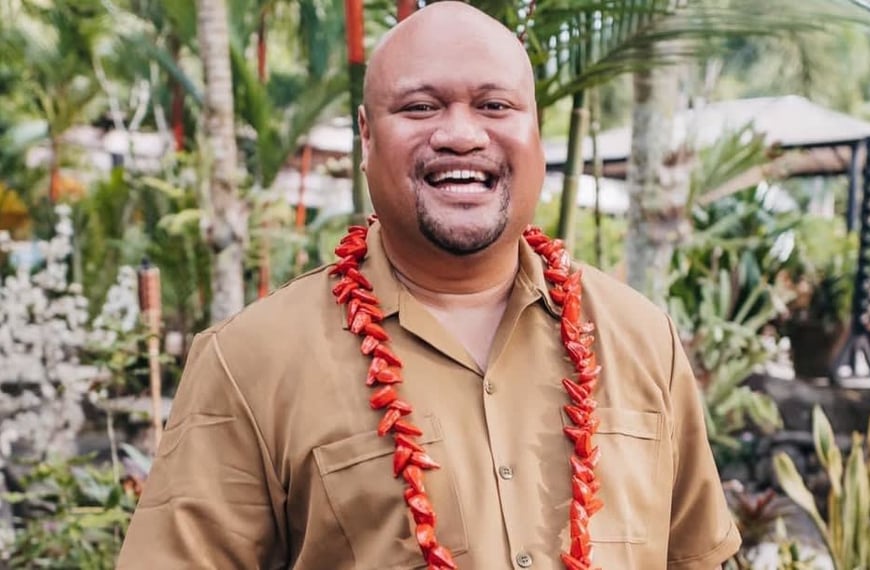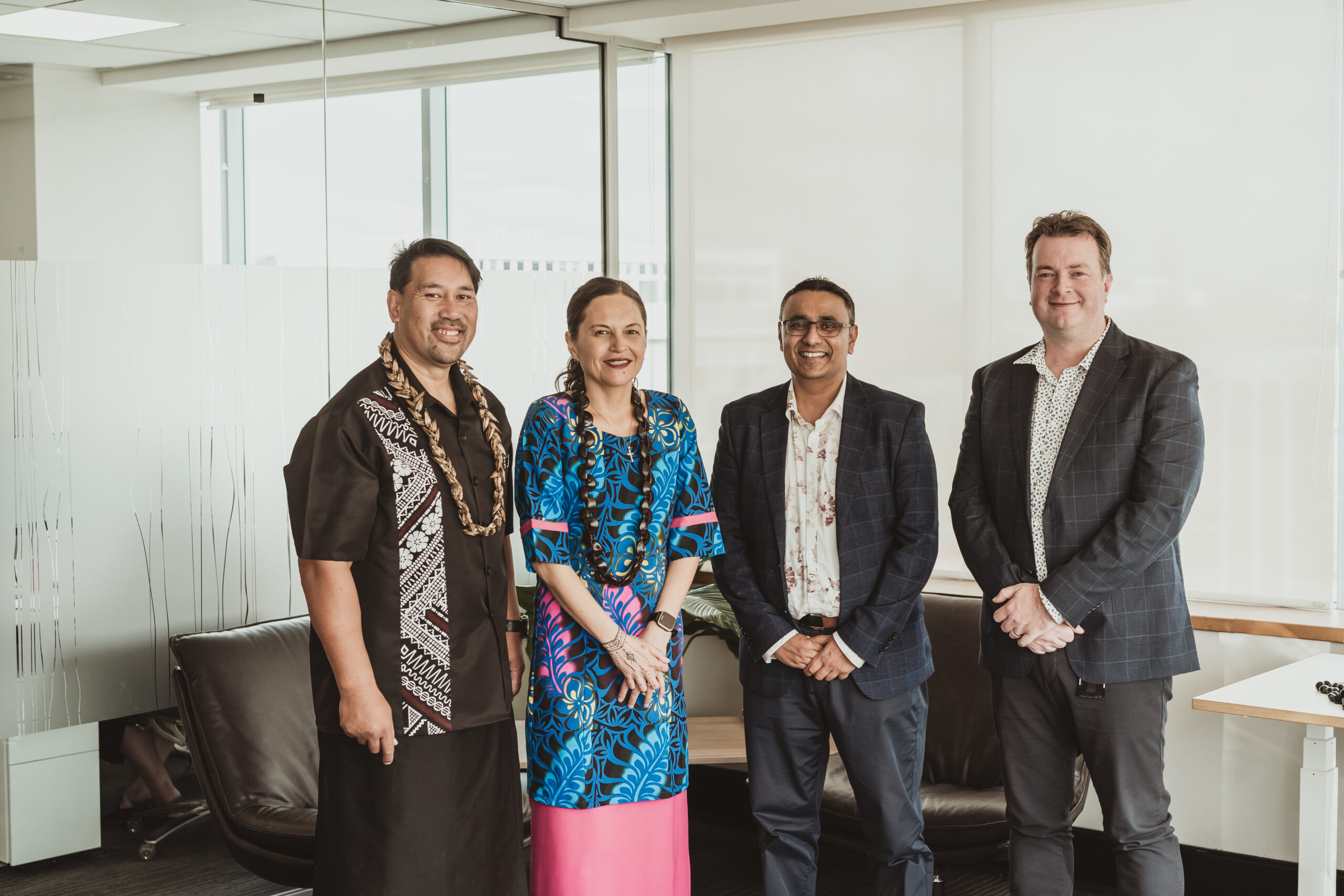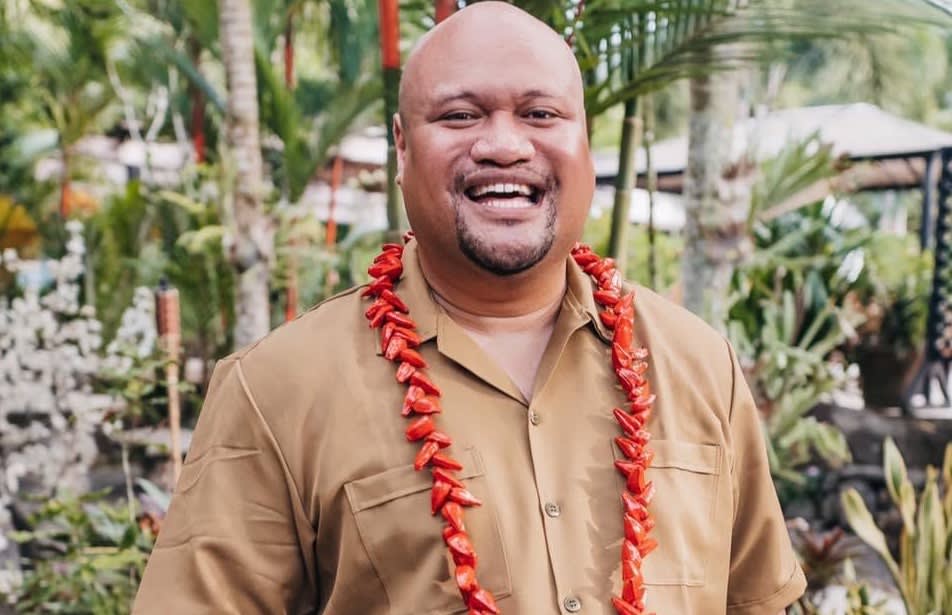Plans to build 10,000 new houses in Māngere may help solve Auckland’s housing shortage, but many fear it will gentrify the suburb in the process, reports Justin Latif.
Sir Douglas Bader was a disabled British air force pilot credited with bringing down a number of German fighter planes in the second world war. Among the many accolades his heroics garnered him, town planners of a massive state housing development project in Māngere decided to name one of its main arterial roads after him – Bader Drive.
The development, which began in the 1960s, would soon become home to the majority of Auckland’s Pacific population. And thanks to the sterling work of the Polynesian Panthers, the stories of how families were moved and in many cases pushed out of suburbs like Ponsonby and Grey Lynn into Māngere and Ōtara is now well-known.
Fast forward to today, and the government is undertaking an equally ambitious plan to replace the suburb’s existing 2,700 state houses with 10,000 new homes which will be a mix of state and open market properties.
The first stage of this development is well under way and Bader Drive is currently the focus of this work. In 2020, four large multi-level apartment buildings made up predominantly of two-bedroom homes were opened to replace a collection of ramshackle dwellings that were well past their shelf life.
For someone who has lived on Bader Drive, and would often push my young daughters to sleep on long walks up and down this road, it was clear these ageing state houses were well overdue for a revamp. On rainy days the inadequate underground drainage meant the footpaths were a slippery mess and the moss and mould on these flimsy weatherboard bungalows was starkly clear.
But despite the promise this splurge of new housing offers, many harbour fears we may see history repeated as Pacific families are pushed further south to make way for higher-earning newcomers.
Monte Cecilia Housing Trust is the main community housing provider in the area. Its chief executive Bernie Smith shares these concerns.
“First home owners [from Māngere] can’t afford $800,000 to $900,000 houses,” he says. “Basically we’re going to see a lot of gentrification, as it will only be those that can afford to [who will get a house].”
Smith says if Māngere is to retain its identity as a capital of Pacific culture within Auckland, then affordable homes with at least three bedrooms need to be a key part of the development.
“We know communities like Māngere are very tightly knitted together by culture, and have been there for generations, but I suspect that cultural fabric is going to be broken.
“Sadly, and particularly for Pacific families who live generationally, their families have been broken up as state houses have been demolished and the state isn’t building big enough homes for them.”
New Zealand’s only Pacific-led community housing provider Penina Trust has already built a number of multigenerational homes in other parts of South Auckland and is hoping the government can help fast-track further funding to meet the Pacific community’s housing needs.
“We’re going to live to regret building all these one- and two-bedroom houses,” Penina’s chief executive Roine Lealaiauloto says.
“I know as a Pacific provider we see a lot of bigger families, with a need for more space, and they also want to remain together purely because of the economic side of things.”
Vicki Sykes and Vicky Hau are members of the Māngere Housing Community Reference group, which is advocating on behalf of locals with Kāinga Ora.
“I was born and bred here and lived and worked here my whole life,” Hau says.
“One of the things that got me is seeing how dense the housing is and it concerns me how this will affect our families. I know we need more affordable homes but they also need to be suitable for families.”
Another concern is the lack of homes with easy wheelchair access, which is somewhat ironic given Sir Douglas Bader, who lost both legs in a flying accident, would have struggled to visit many of the new homes along this road if he was still alive today. Sykes says research shows at least 60% of people will face some kind of disability issue over their lifetime, whereas only 15% of the new homes have disability access in mind. Sykes says the government needs to get the balance right in providing more affordable housing while ensuring these homes match the needs of the community.
“When they started building all these one- and two-bedroom apartment blocks, we began to challenge them on that, and the big issue for us is that there are a whole bunch of people who need more flexible housing options, but aren’t necessarily on the government’s radar because they are not on the social housing register.”
Māngere’s local MP and Pacific peoples minister Aupito William Sio, who helped set up the community reference group, is another who has been impressing on Kāinga Ora’s staff the need for housing to not only accommodate larger families but also enable cultural practices, such as having a garage or lounge for prayer or funeral services.
“I worry about how we maintain our cultural uniqueness [when the housing is much smaller], and some of the early housing, while it was necessary, its design was more for singles and couples, not for families with children.
“I know the officials have good intentions and are trying to follow a certain policy direction, however if they’re not from this area, they have no idea how an elderly mum or dad will require sons, daughters, nieces and nephews to live with them.”
Sio says home ownership rates among Pacific peoples were as high as 40% in the 1970s, but dropped down to 16% just prior to his government coming to power. He says it’s now up to 21% and his ministry has secured a further $40 million “to deliberately target” home ownership rates through financial literacy education and establishing more Pacific community housing providers.
“My ministry is still working through the process of ensuring we can staircase Pacific peoples that have got a bit of a deposit to get that extra support.”
Sykes says partnering with more community housing providers could be another way to improve the outcomes for the development.
“It seems Kāinga Ora and the developers are under so much pressure to build more and more houses, and so connecting the dots with education, health and the community services has been very piecemeal at best.
“There is a need for improved overall planning for the Māngere community so that the impact of increased housing is also matched by improved facilities.
“And an advantage the community housing sector has is that when it’s well-resourced, it knows our people better and it’s able to connect people to more wraparound support and services than the government can do.”
In a written statement, Kāinga Ora’s project director for Māngere, James D’Anvers, acknowledged the need to provide a range of purchasing options for local families.
“As we’re only in the early stages of this development, we’re continuing to investigate alternative housing options – such as progressive home ownership, shared equity and rent-to-buy – with our development partners to provide greater opportunities for local whānau to transition into homeowners.”
This includes signing an agreement with the New Zealand Housing Foundation (NZHF) to deliver 67 new homes, of which 70% will be available through shared equity and rent-to-buy schemes, and 30% will only be sold to Māori whānau. There will also be six homes provided by Habitat for Humanity (HFH) and Mike Greer Homes under HFH’s progressive ownership scheme. Kāinga Ora also has a new shared home ownership scheme – called First Home Partner – to help first home buyers whose deposit and home loan aren’t enough to buy a home.
Regarding the building of larger homes, D’Anvers said that within the three neighbourhoods being built in Māngere, between 35%-60% of planned or under-construction homes will have three to five bedrooms.
“We’re still in the process of master planning the remaining neighbourhoods and will take into account the needs of existing and future customers. [And] in our current build pipeline, around 42% of public housing is planned to be built in the Māngere-Ōtāhuhu area with three to six bedrooms. In the past two years, over 100 homes with three to six bedrooms have been built in the Māngere-Ōtāhuhu area as public housing.”
A Kāinga Ora spokesperson also pointed out that the percentage of accessible housing is inline with its national policy.
But as Māngere’s local MP Aupito William Sio puts it, a sign of whether this development is a success or not, will be whether it splits up families or makes them stronger.
“At the end of the day, we’re not a community of individuals, we’re a community of families, and families like to stay together.”


